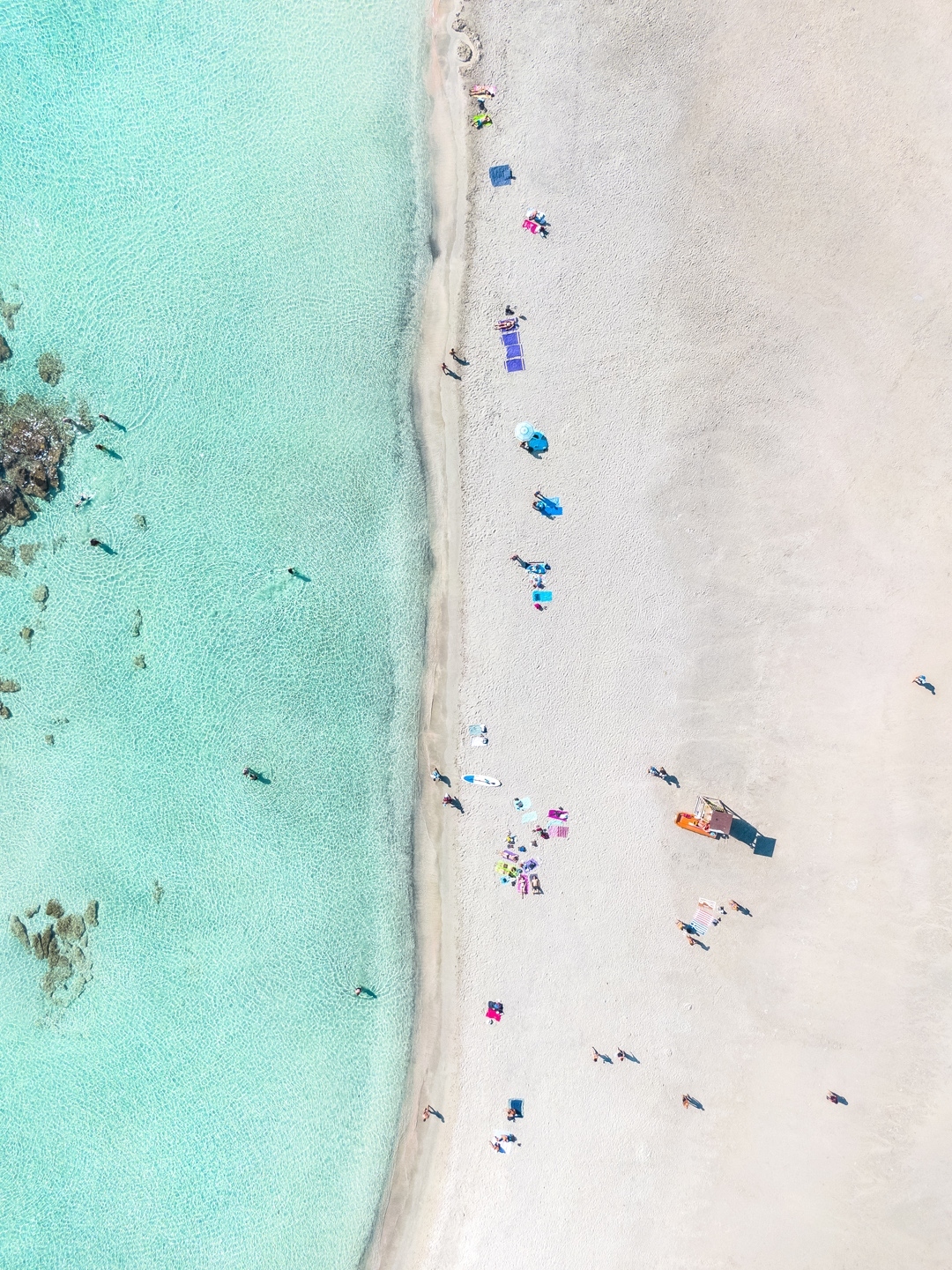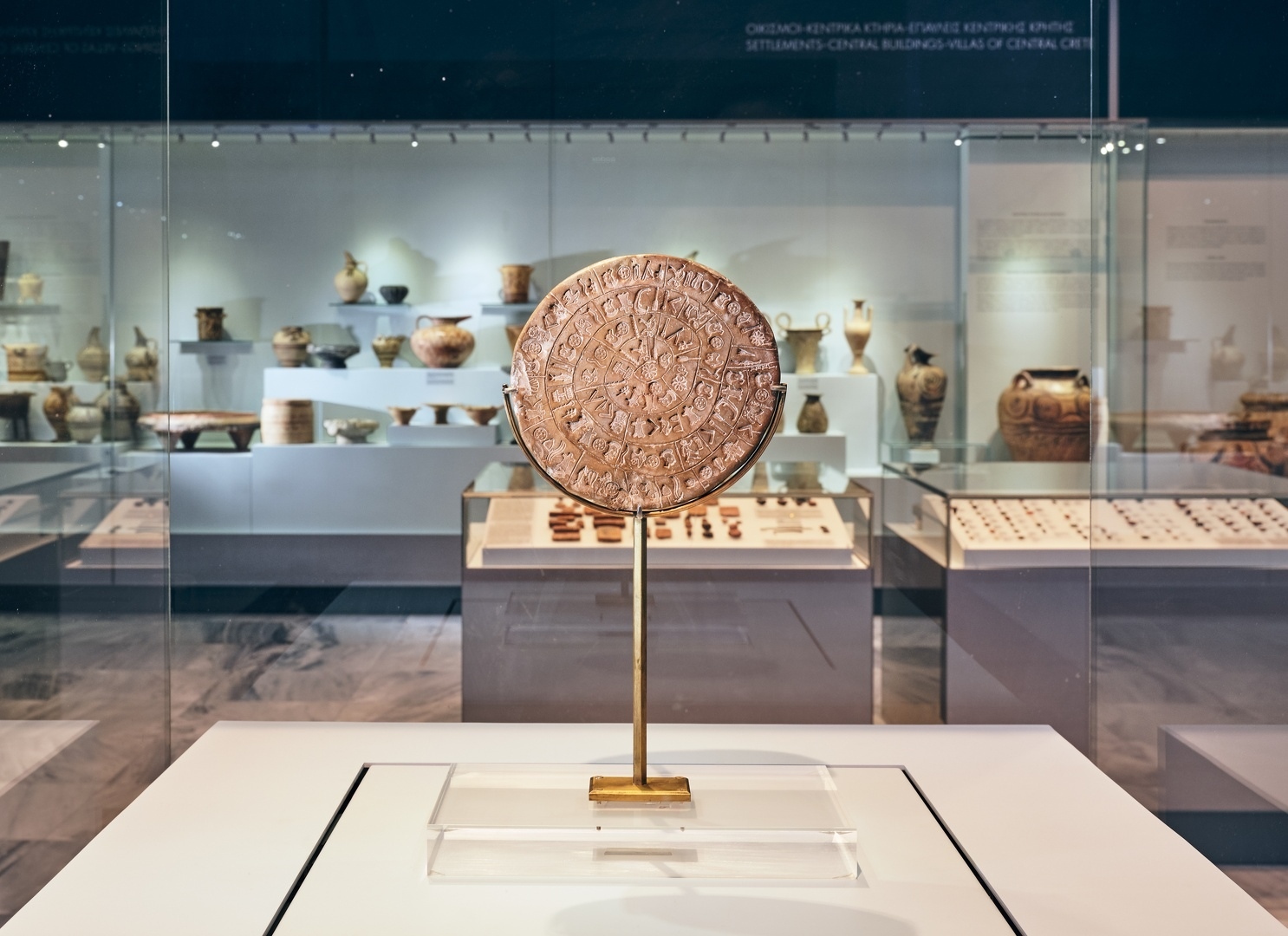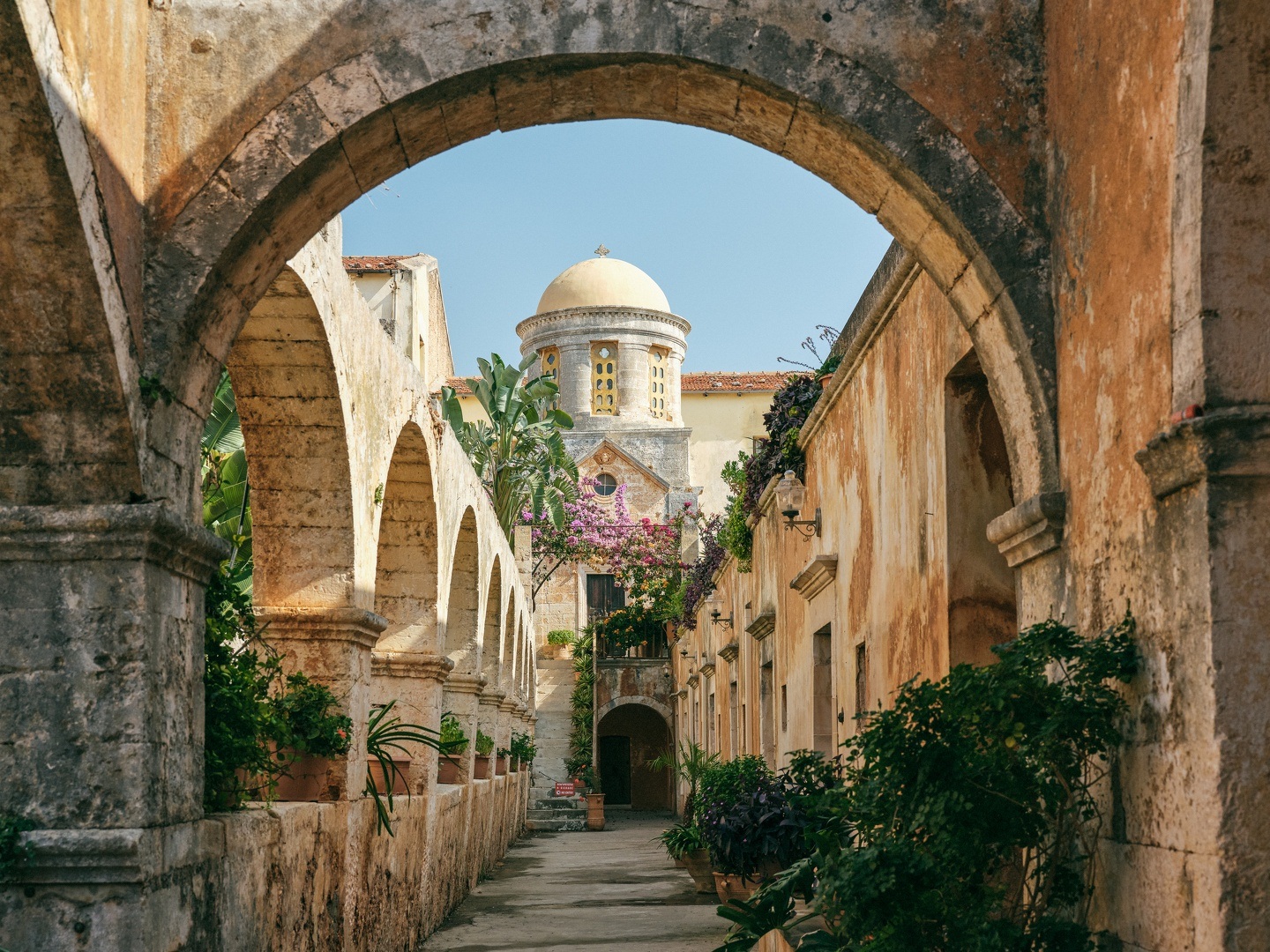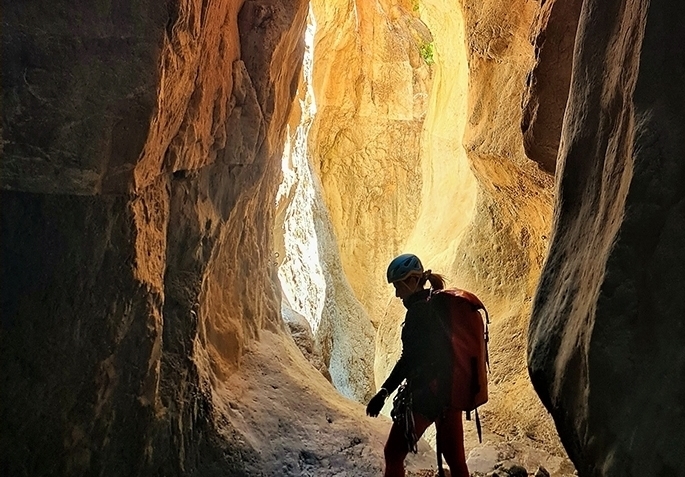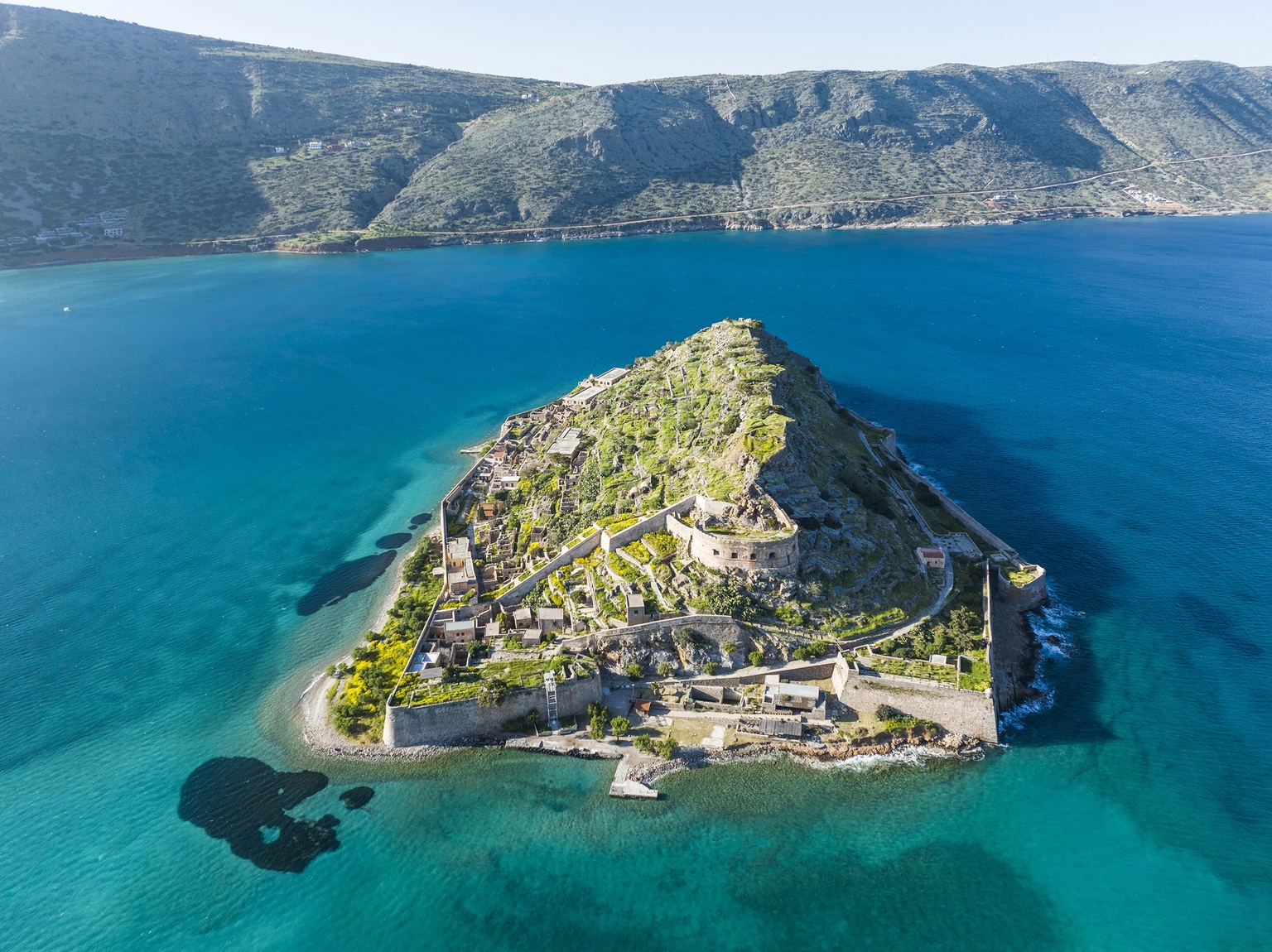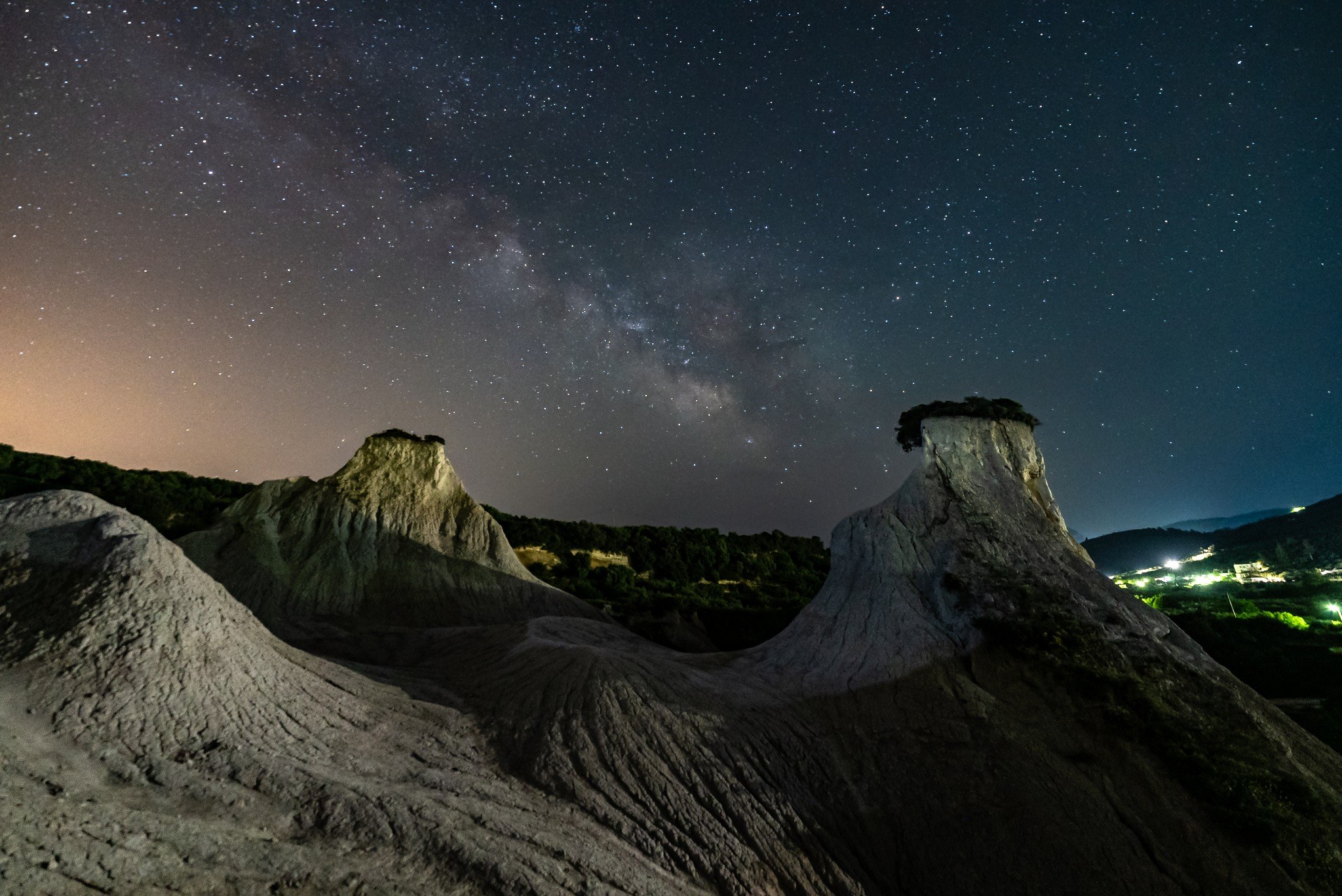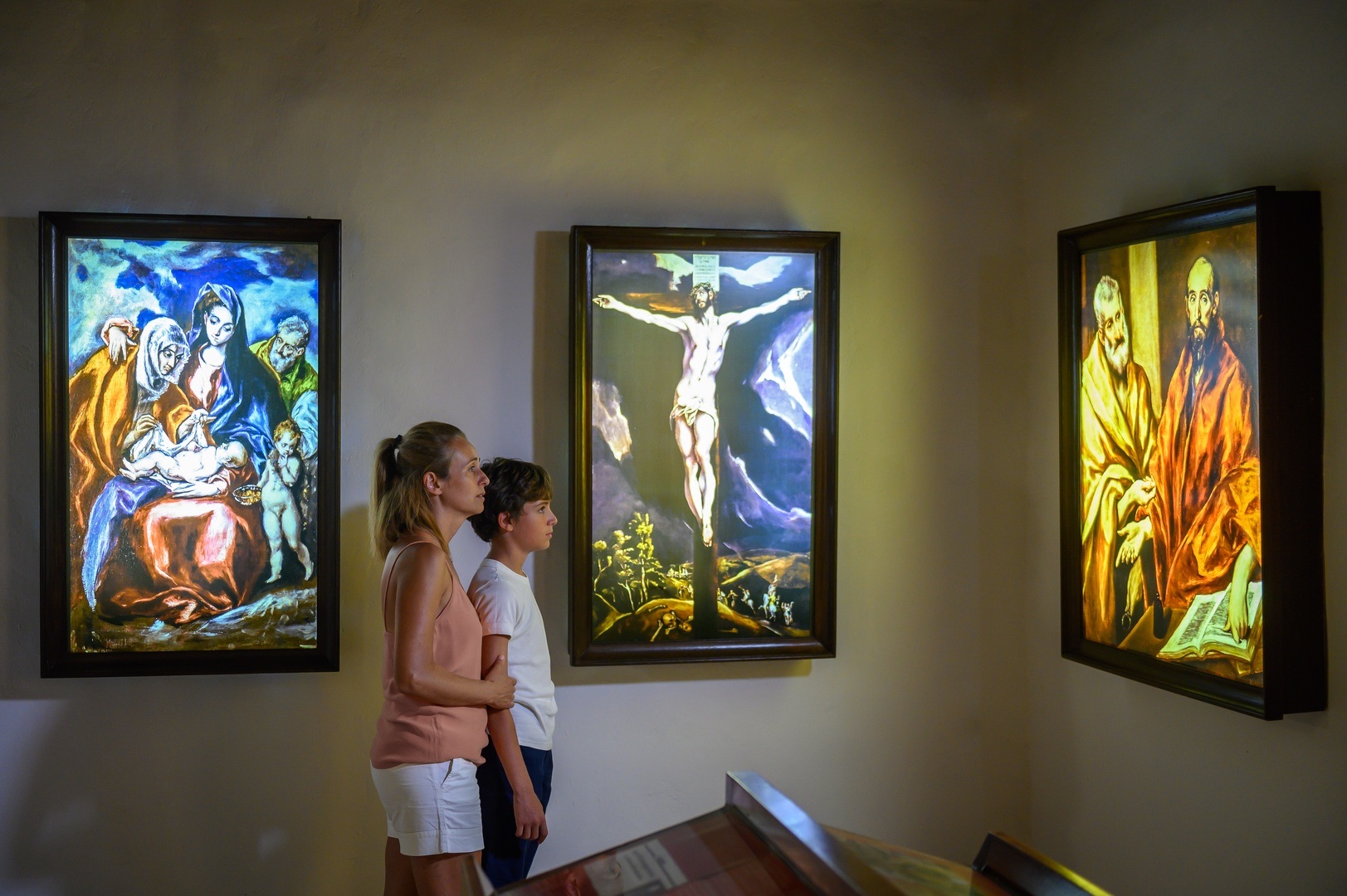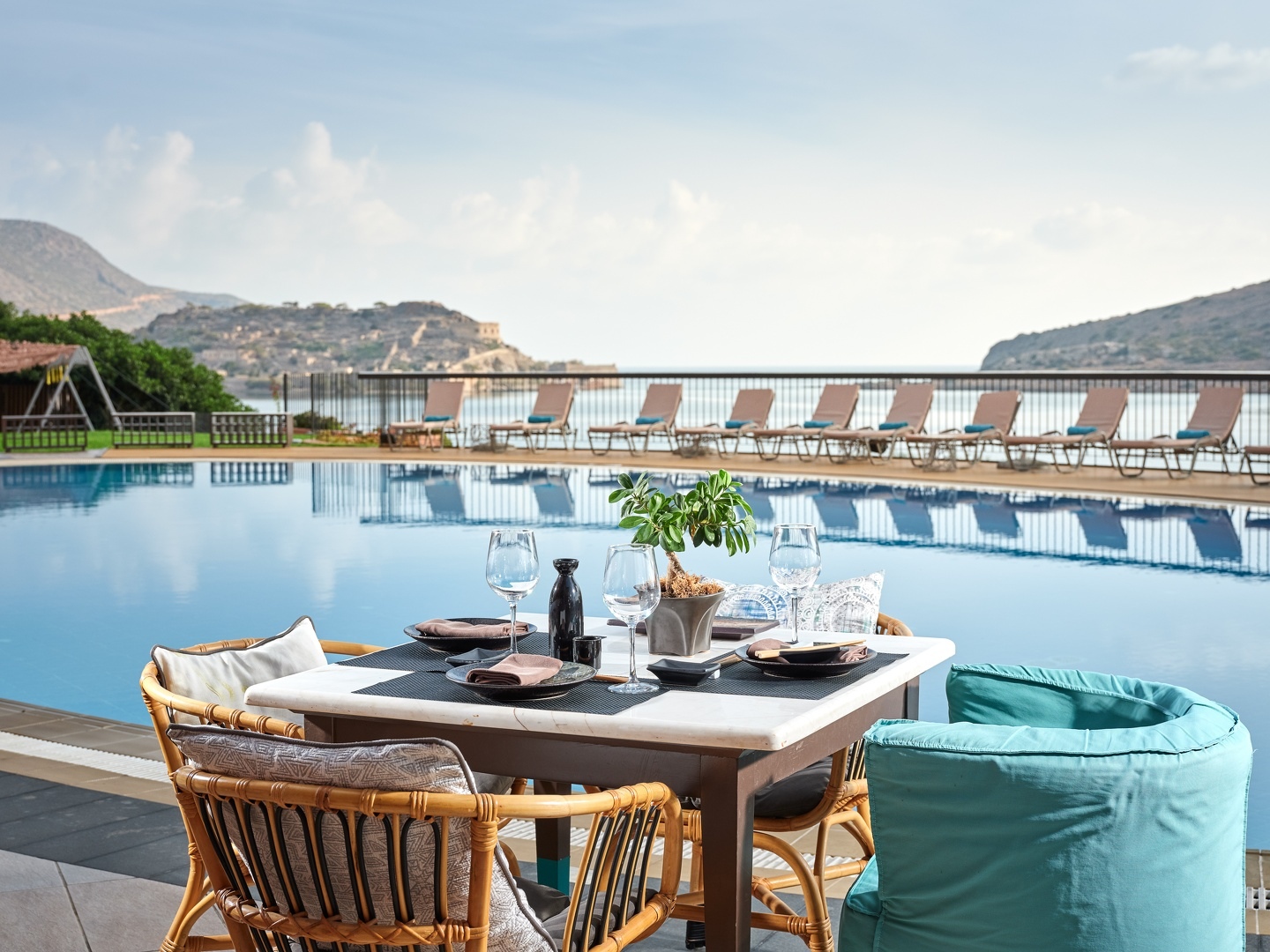Fotokollyva
A Unique Cretan Tradition
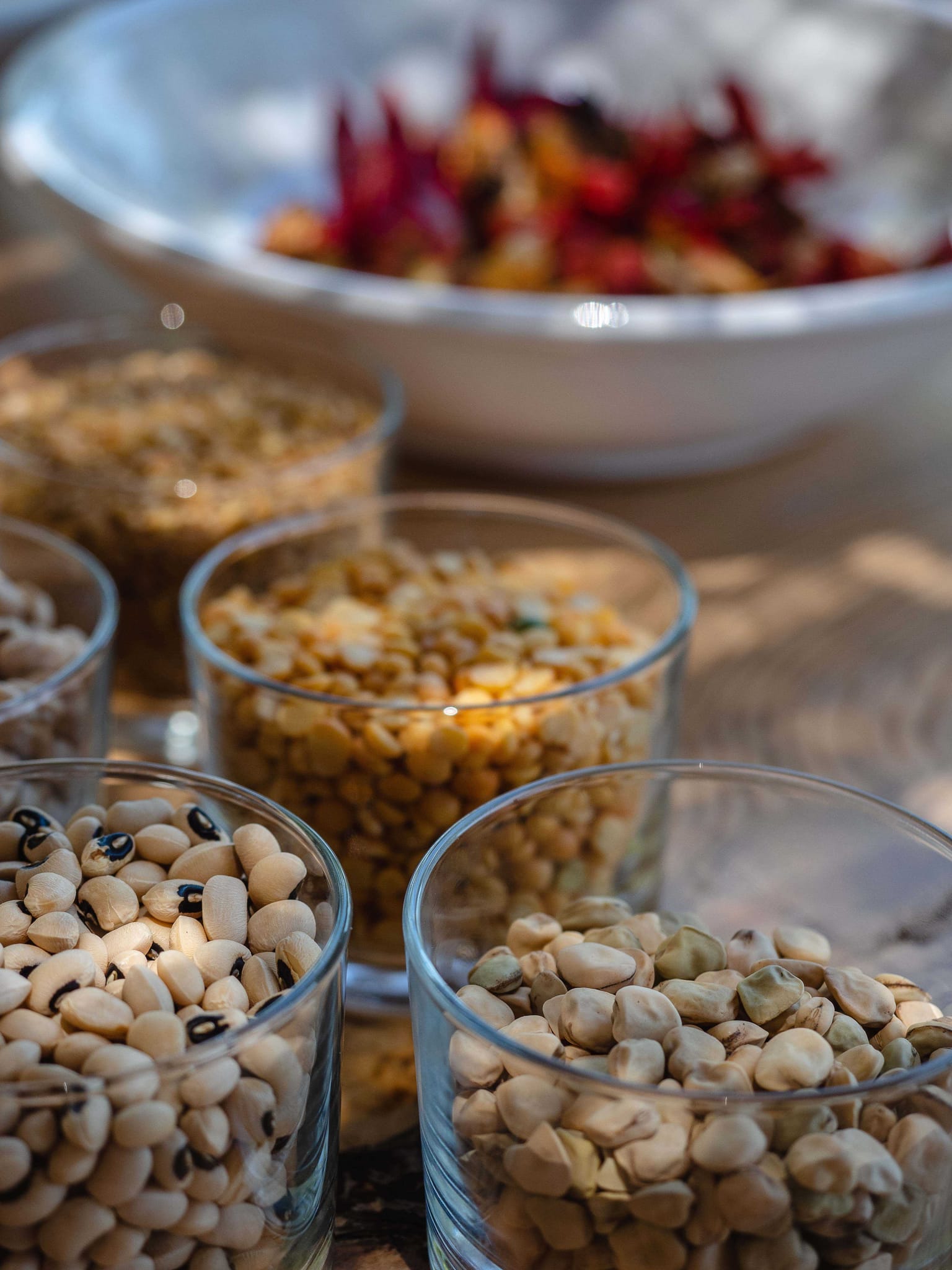
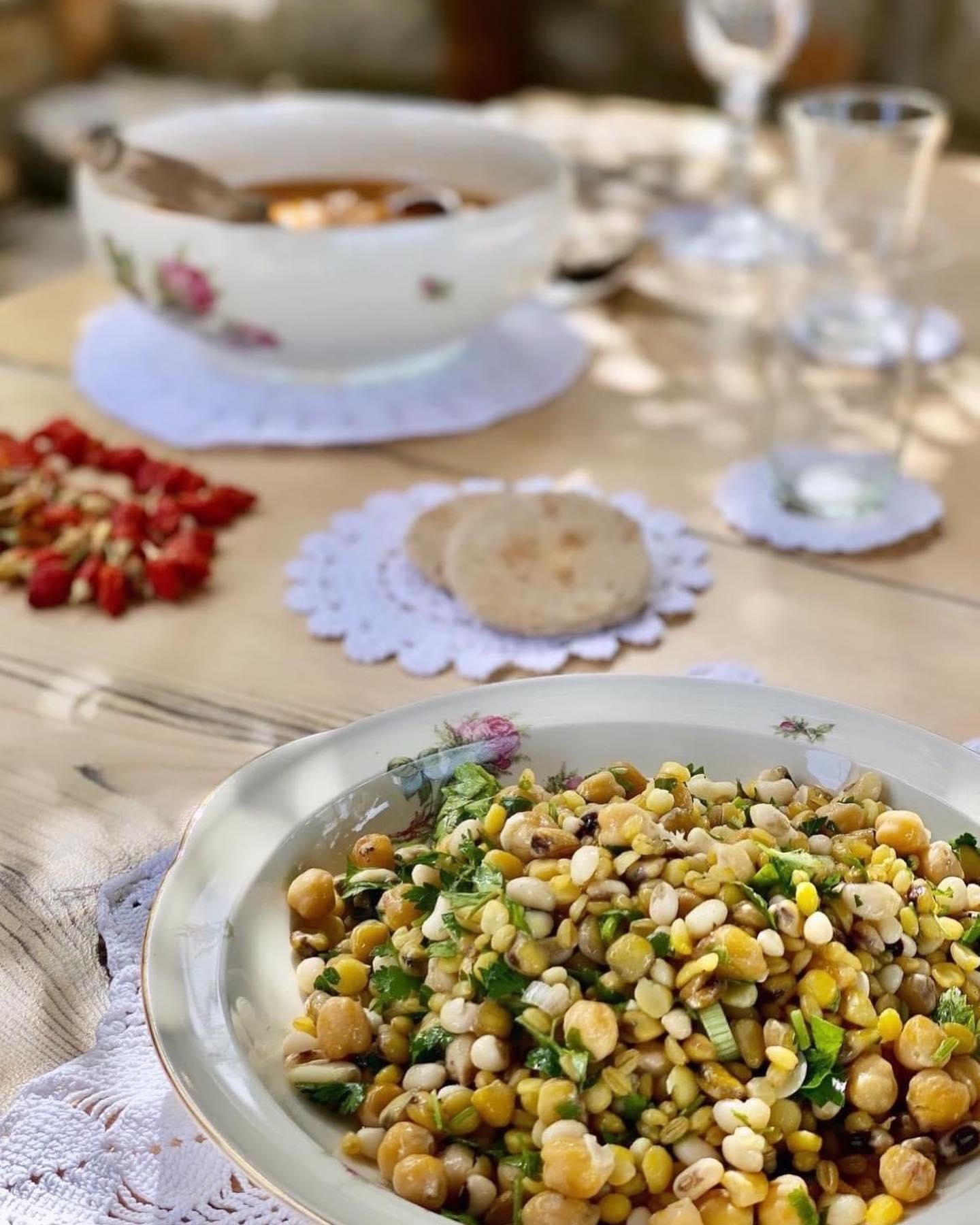
Fotokolyva is a time-honored dish still prepared in Cretan villages on the day of the "Small Blessing of the Waters." It is eaten plain, without oil, as part of the fasting ritual preceding the Epiphany, allowing people to partake in holy water the following day.
This date, January 5th, marks the conclusion of the Twelve Days of Christmas (December 25–January 5), a period steeped in ancient customs and traditions.
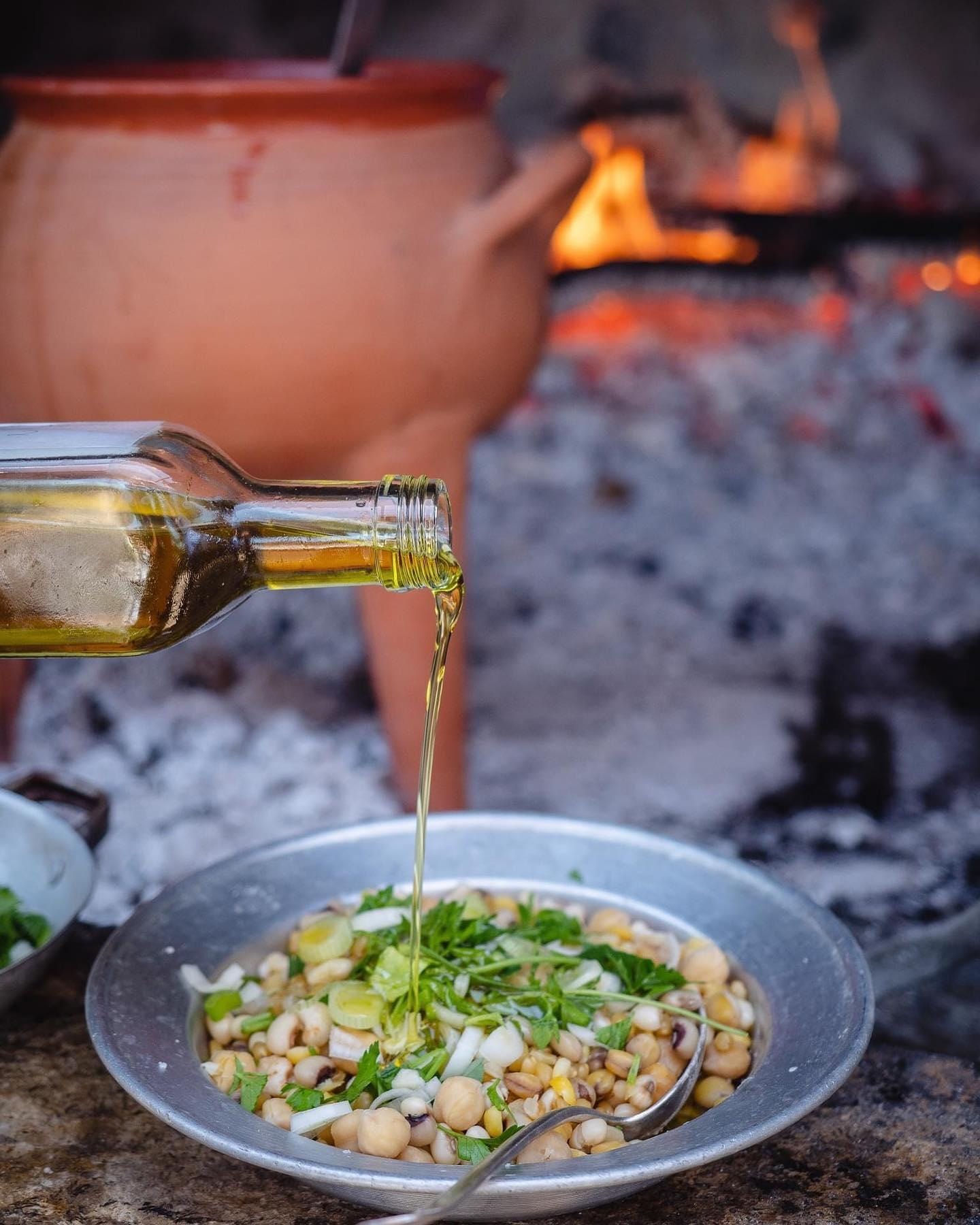
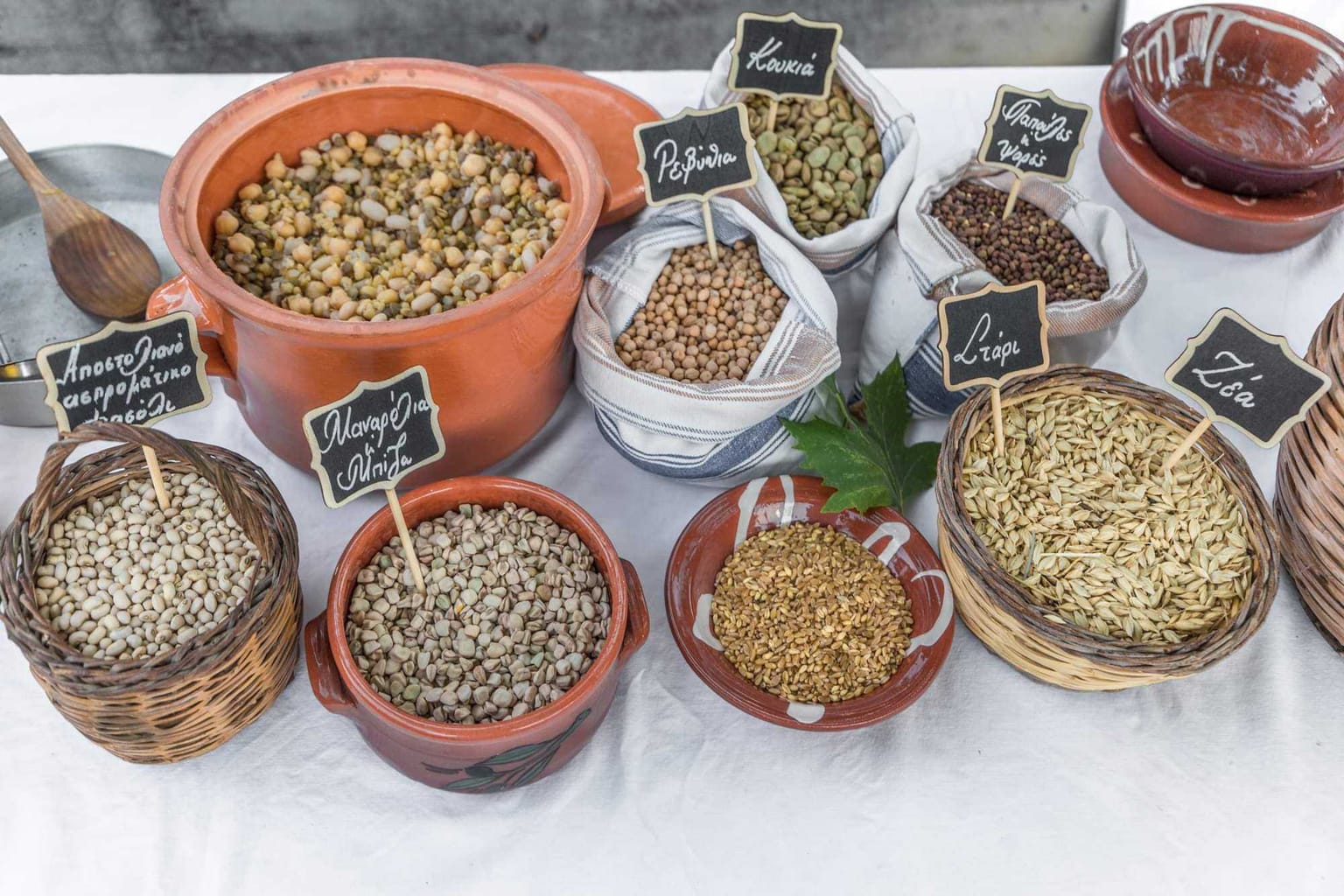
The Twelve Days bridge the darkest days of December and January with the symbolic farewell to the old year and the welcoming of the new. Traditions from Greek antiquity, the Greco-Roman era, and Byzantine-Christian practices survive within this festive interval.
Fotokolyva is closely tied to the Blessing of the Waters, emphasizing the life-giving essence of water as an elemental force. This practice also harks back to ancient purification and cleansing rituals.
A Ritual of Blessings
The dish, made of grains and legumes, is prepared to bless not only people but also domestic and wild animals, as well as the surrounding environment. After the priest blesses every part of the home, the homemaker scatters fotokolyva around the barn, on the roof, in the courtyard, and beyond, while saying:
"For you, birds and wild creatures, eat these fotokolyva, the labor of God's servant [name of the head of the household]."
The Ingredients of Fotokolyva
Fotokolyva, also known by other names such as polysperia, psarokolyva, palikaria, or papoudia of Crete, represents the bounty of Mother Earth. The grains and legumes symbolize the farmer's hard work and the strength derived from nature.
The main ingredient is wheat, complemented by chickpeas, lupins (manarolia or biza), broad beans, lentils, and black-eyed peas.

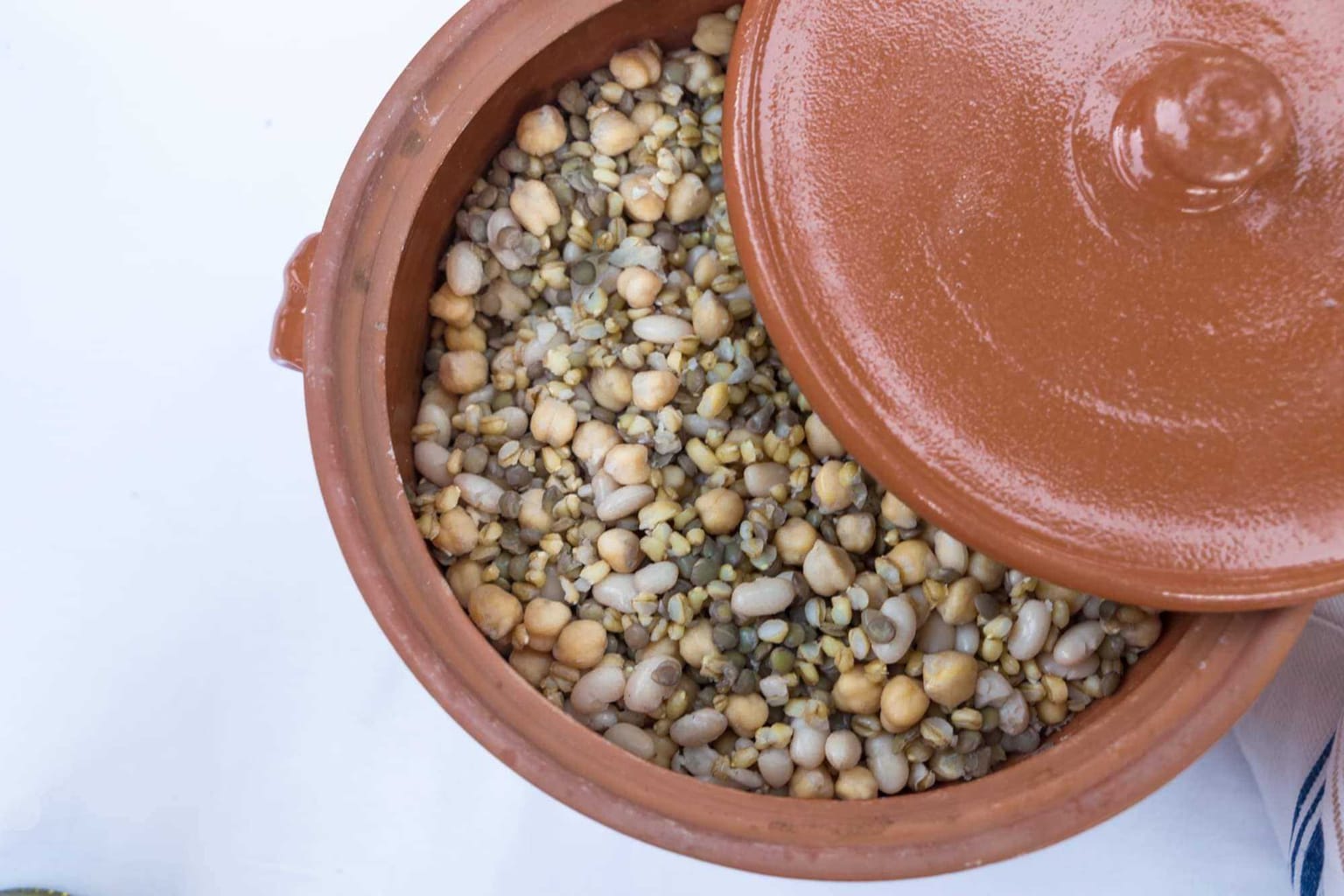
Preparation
To prepare fotokolyva:
- Measure ½ cup of legumes per serving.
- Soak the grains (wheat, broad beans, chickpeas, lupins) separately overnight in salted water. Lentils, black-eyed peas, and certain smaller legumes (like fava beans or papoules) don’t require soaking.
- On the day of preparation, remove the black line from the broad beans with a knife.
The fotokolyva are cooked in a large pot so the entire family can partake, while portions are also given to animals and birds. This practice is believed to protect against misfortune, especially death, for both people and animals.
Fotokolyva is not just a dish—it’s a celebration of renewal and a heartfelt connection to the cycle of life and nature’s rhythms.
By Lena Igoumenaki,
President of the Festival of Cretan Cuisine Association
Cretan Cuisine Festival
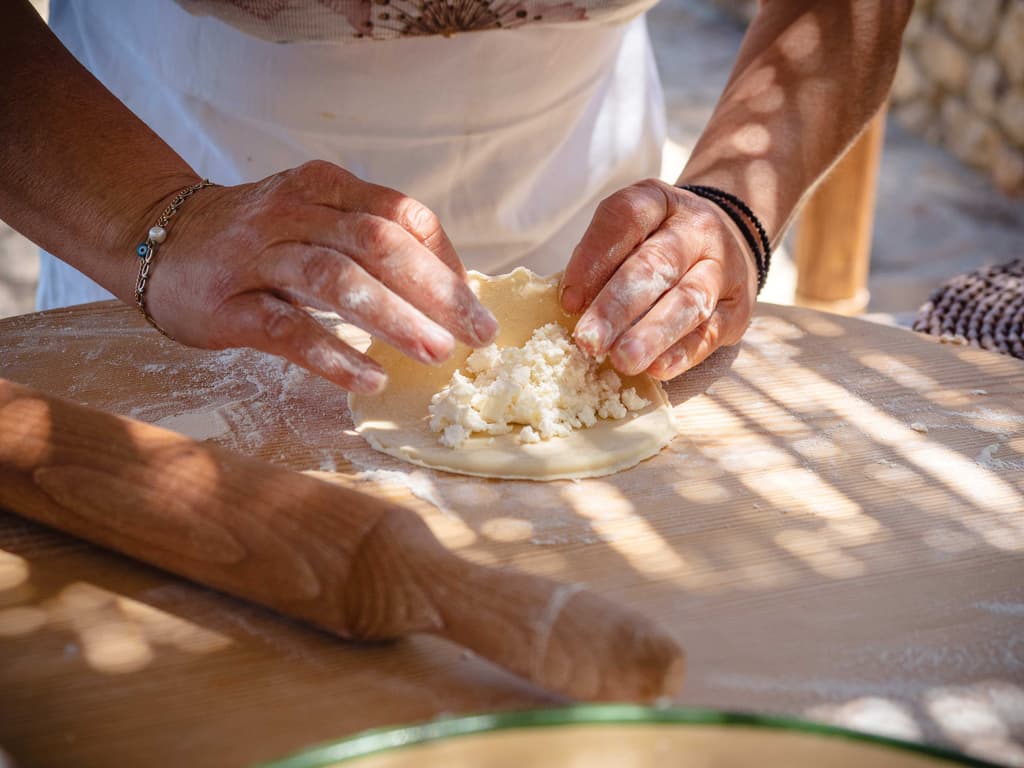
Mizithropites: Authentic Cretan Pies

Meat cake
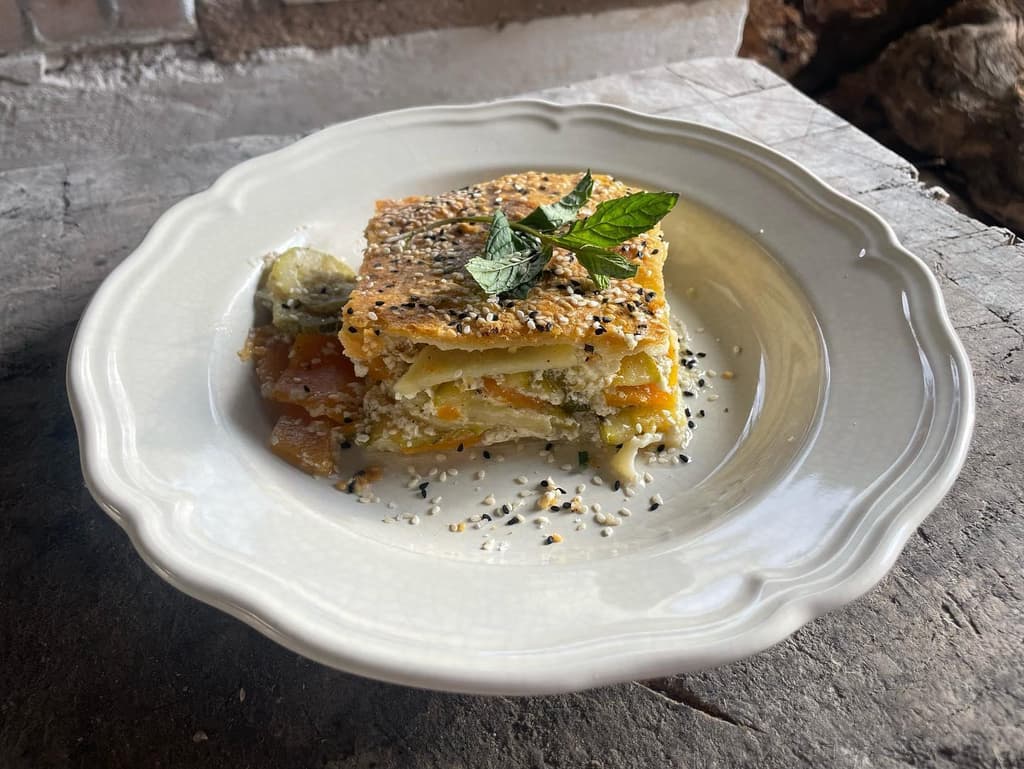
Chania Boureki or Courgette Boureki
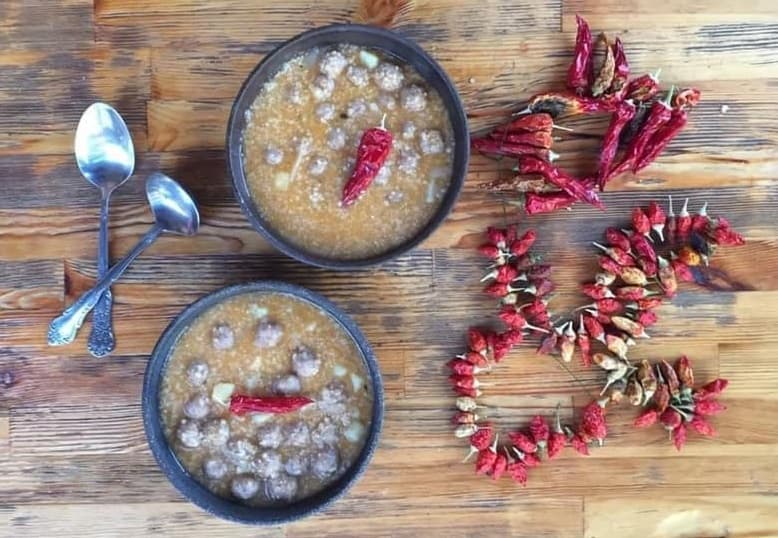
Topia (Balls)
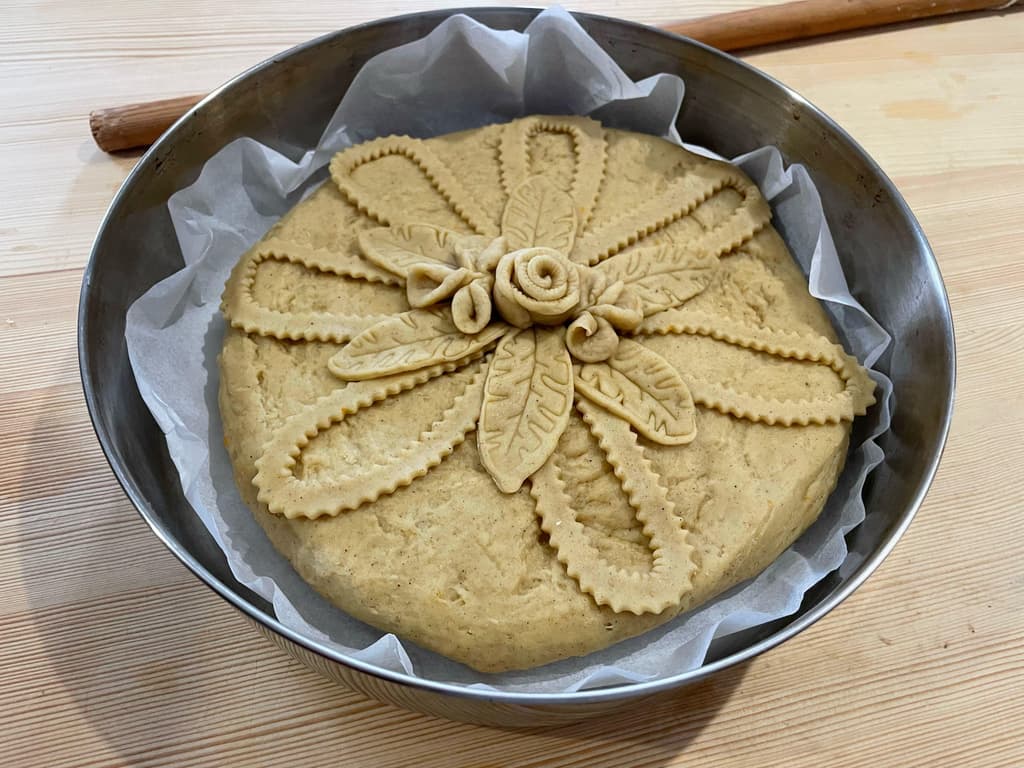
The Traditional 'Bread of the Year'
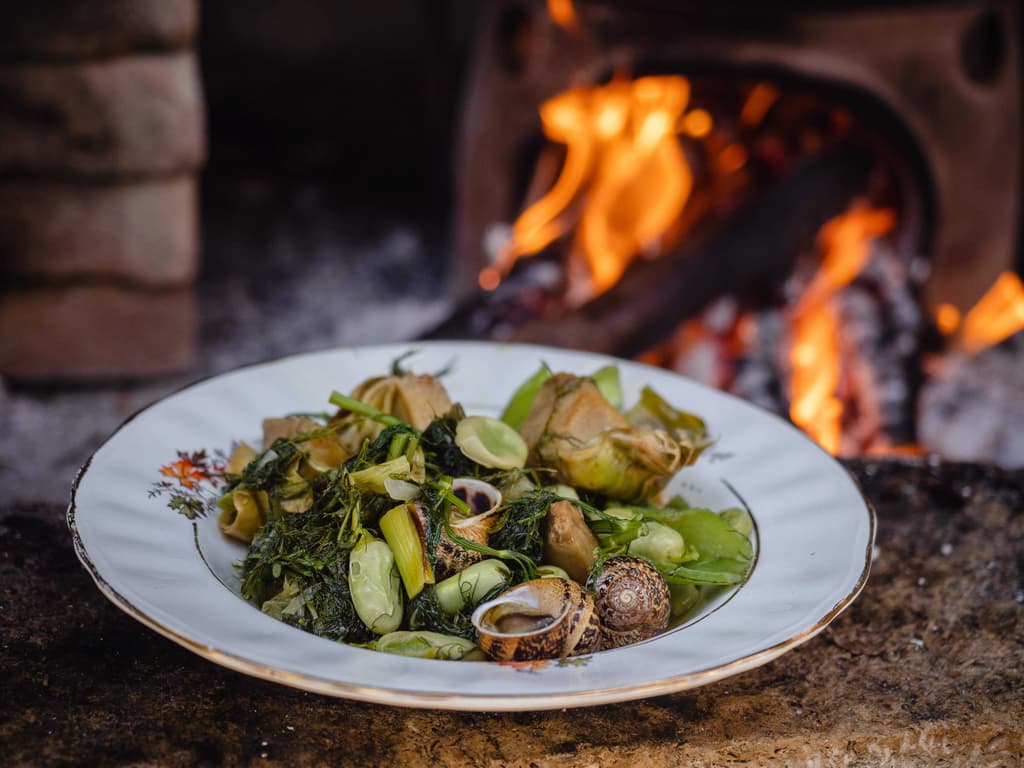
Snails with Broad Beans and Artichokes
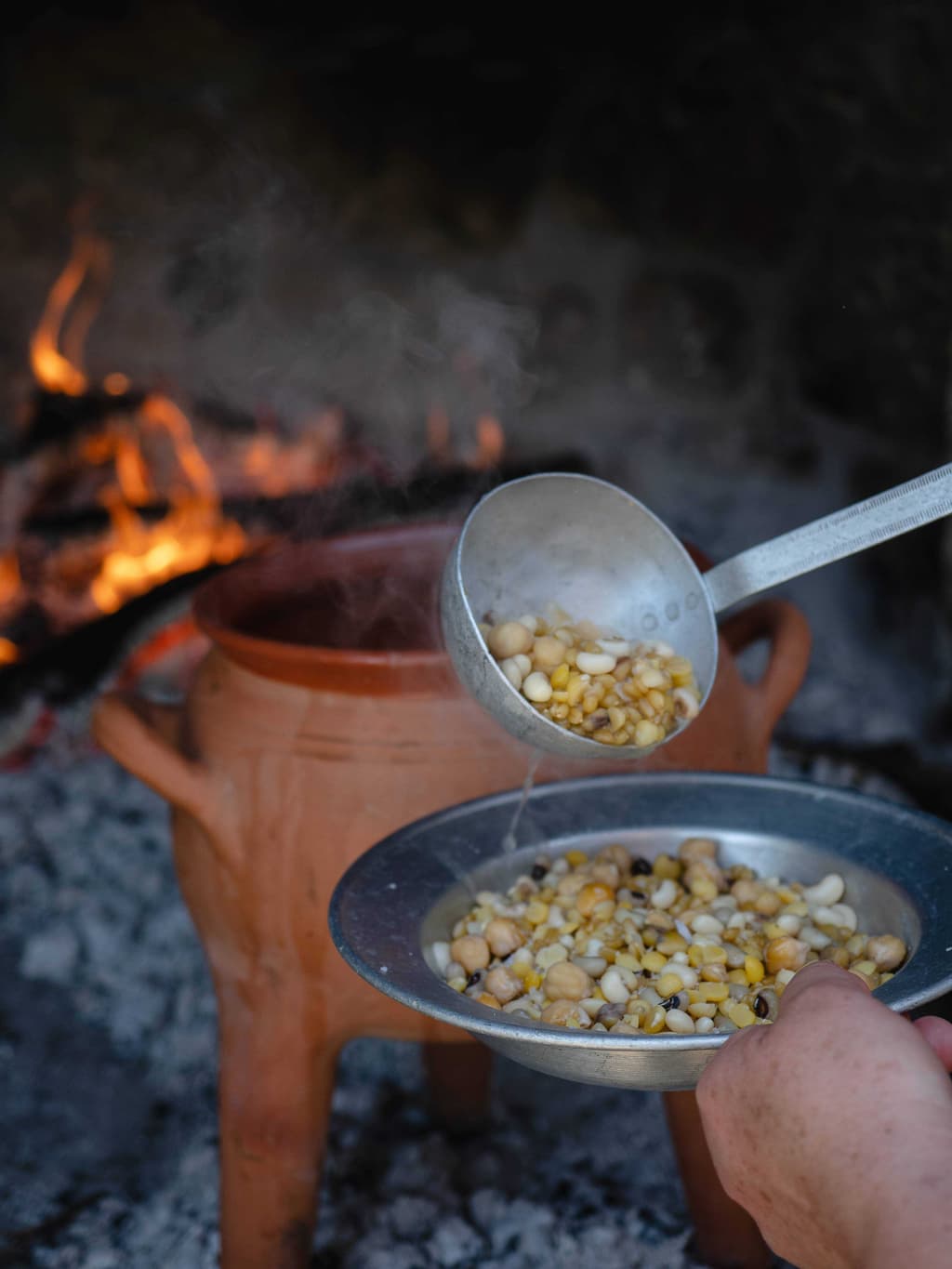
Cretan Ospriada or Palikaria (A Legume Dish)
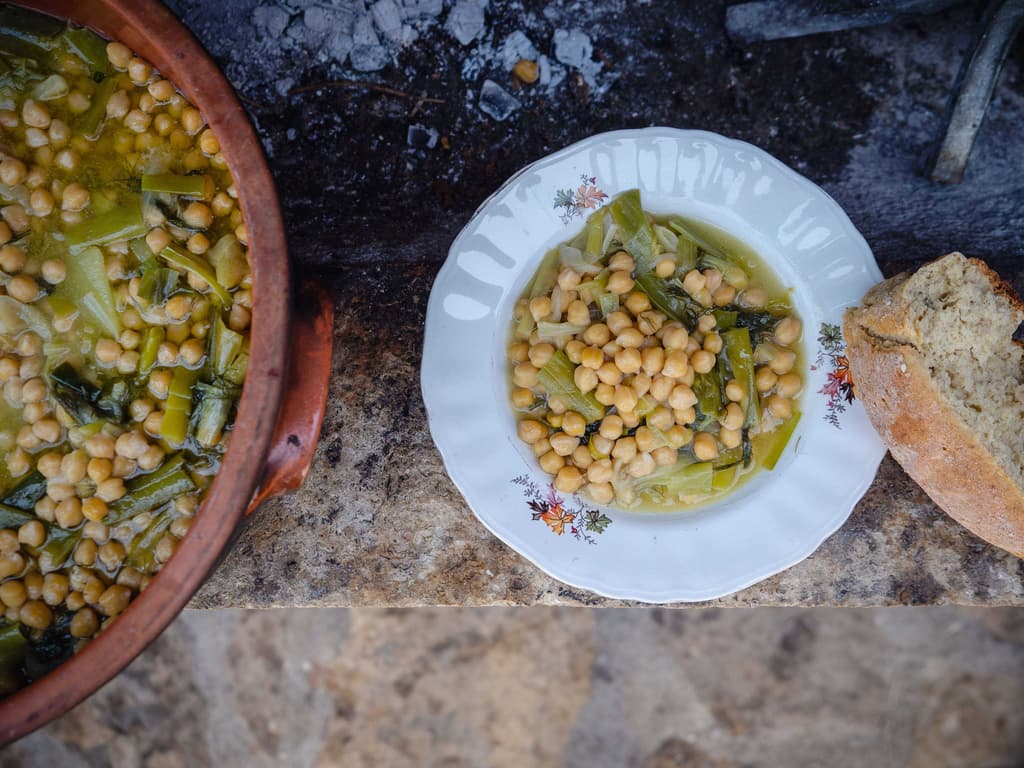
Chickpeas with Wild Leeks, Flour and Lemon Sauce
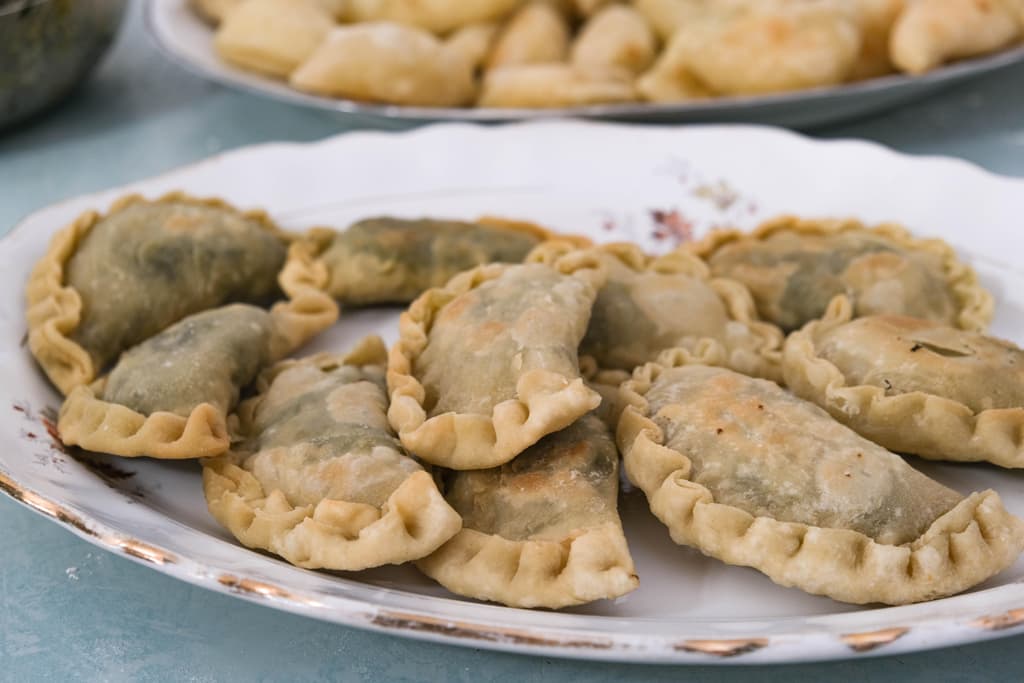
Pies with ‘Yachnera’ Greens
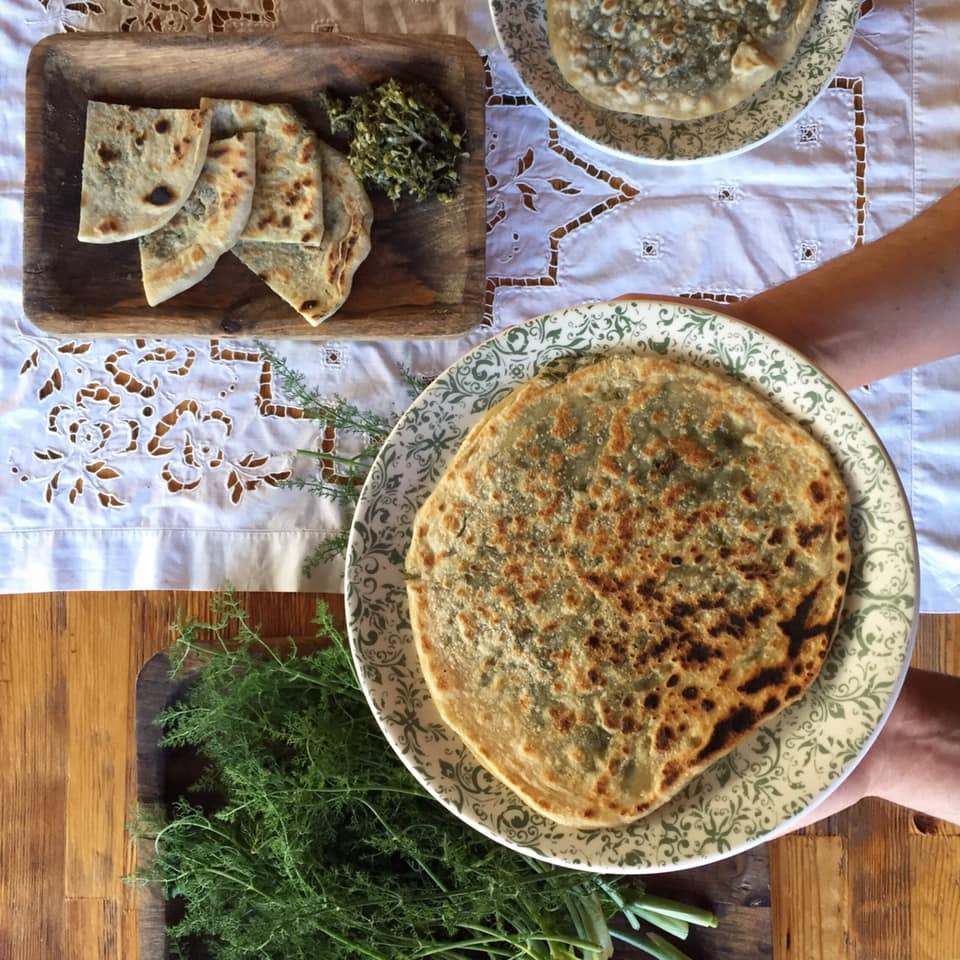
Fennel Pie

Sfakian Pie or Sfakianopita

Biscuits with Sesame Seeds

Sweet Rice Pie or 'Tzoulamas'
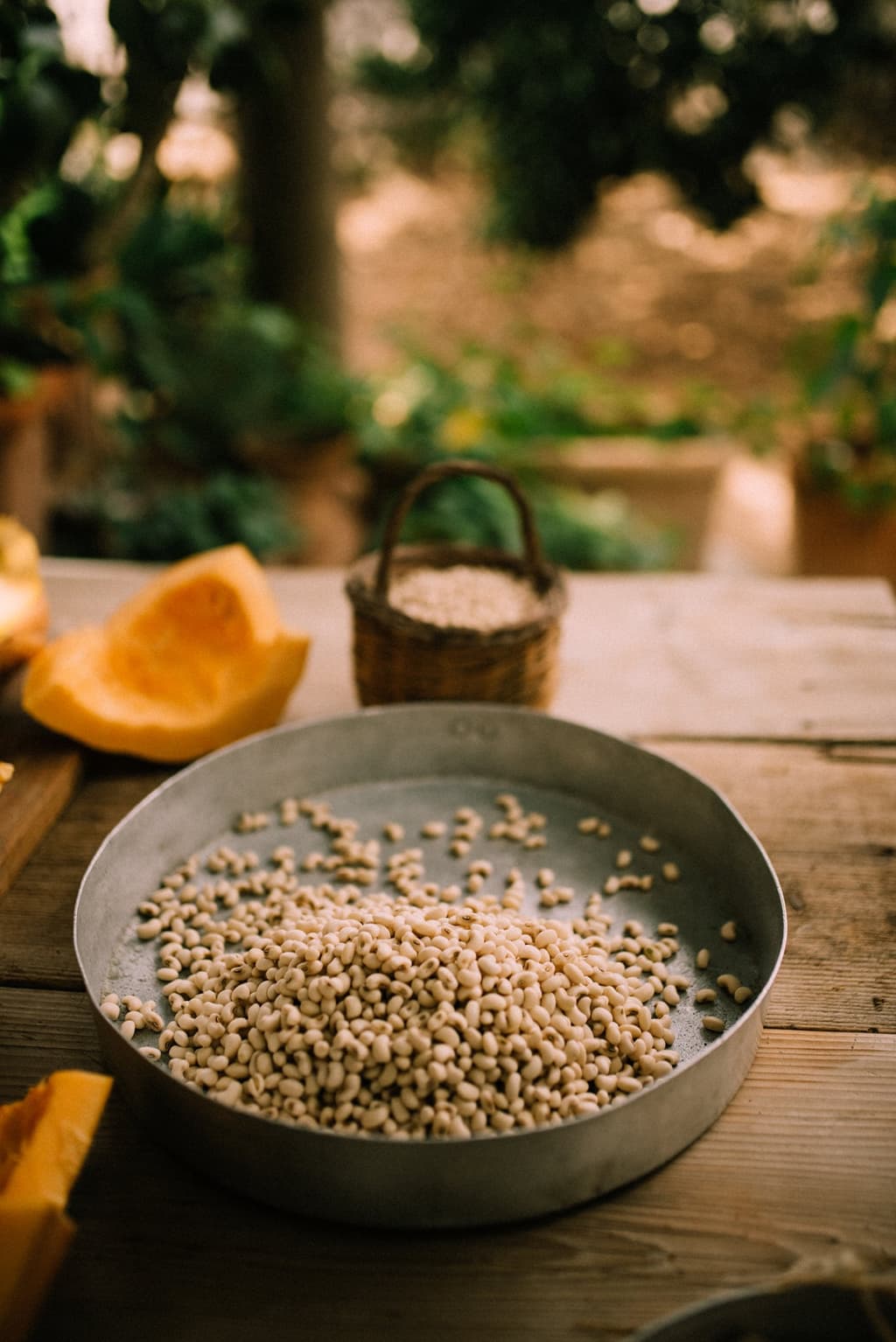
Apostoli White-Eyed Bean
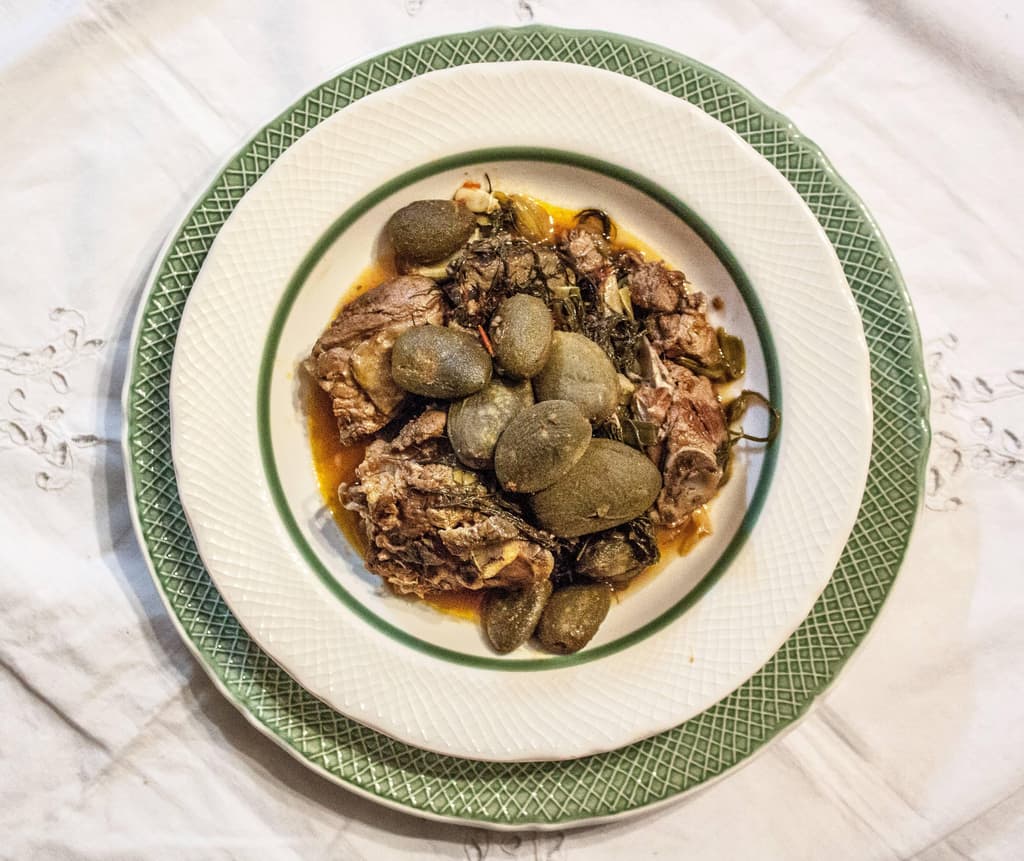
Almond-Infused Goat Dish with Fennel: A Fresh Delight
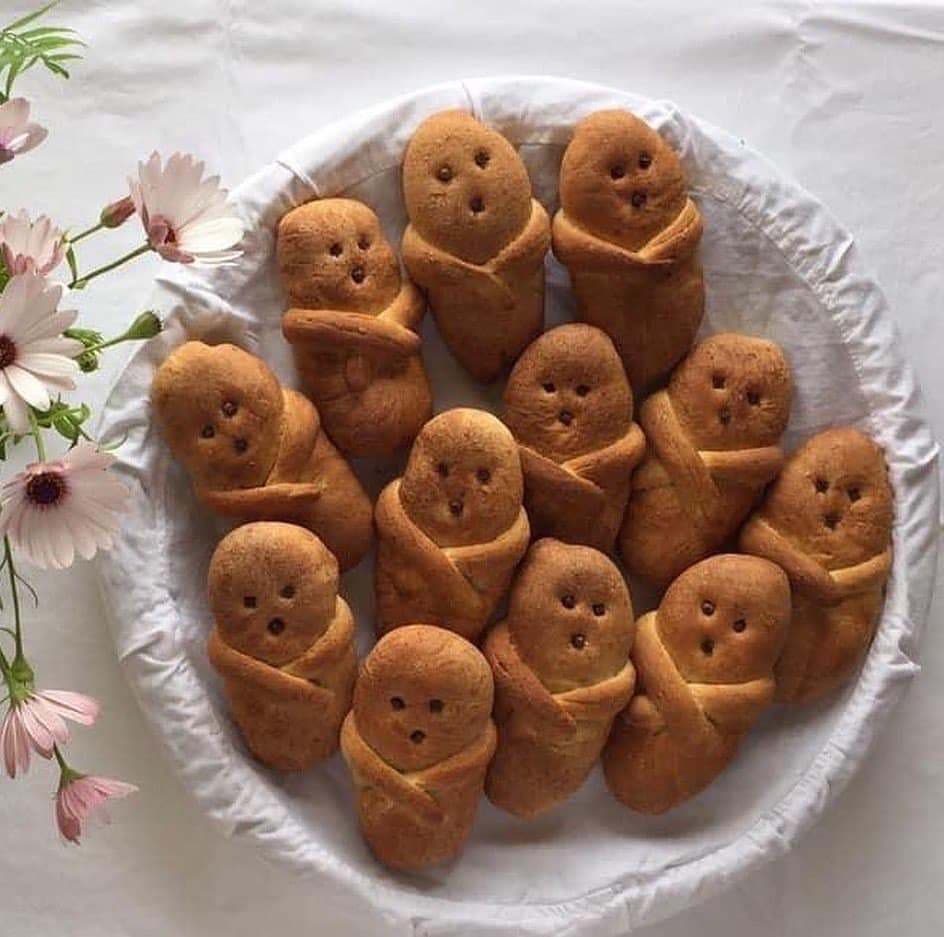
Lazarosavato
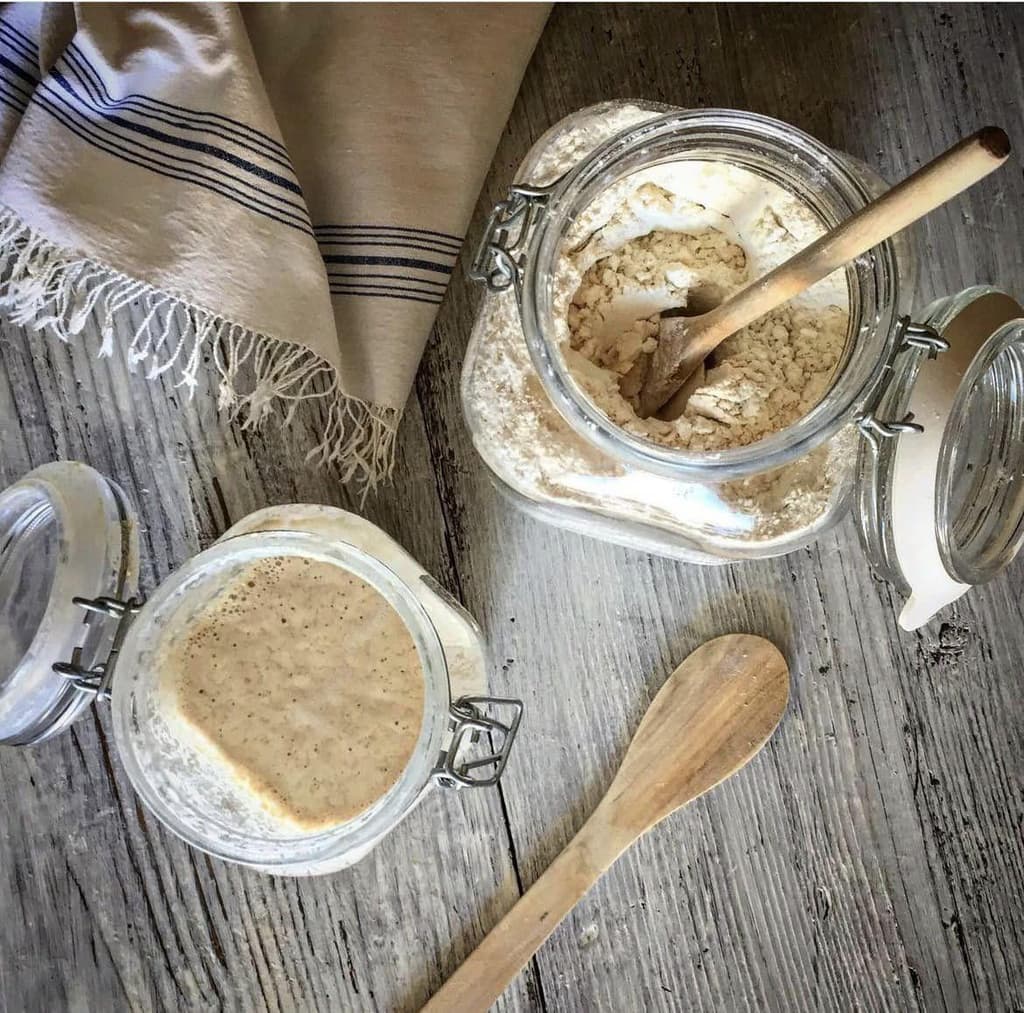
The Holy Week Sourdough
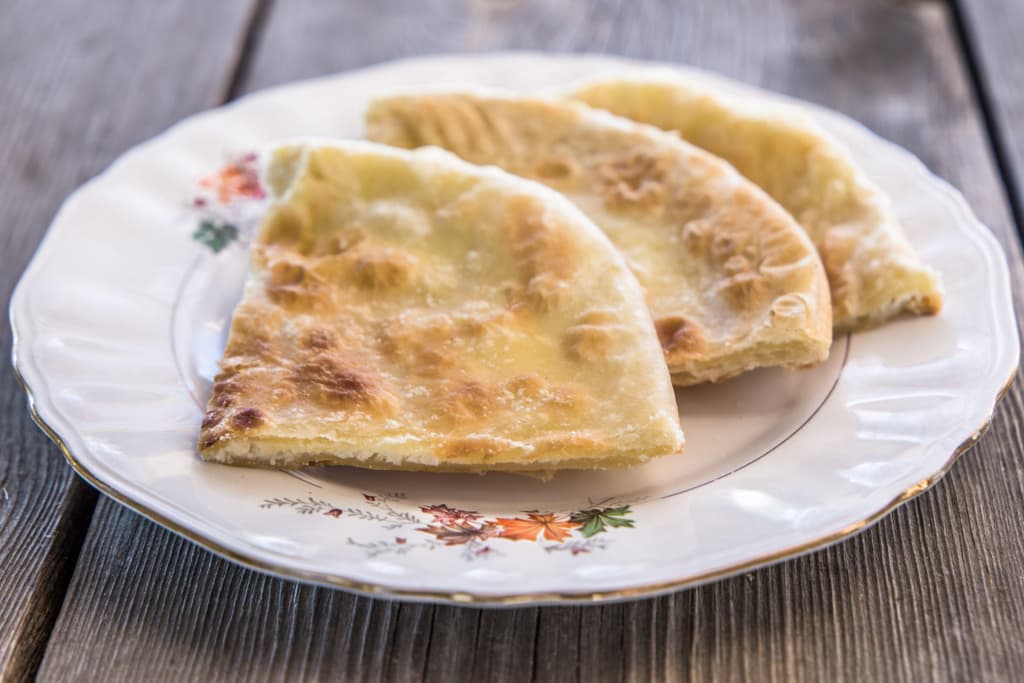
Nerati Mizithropita
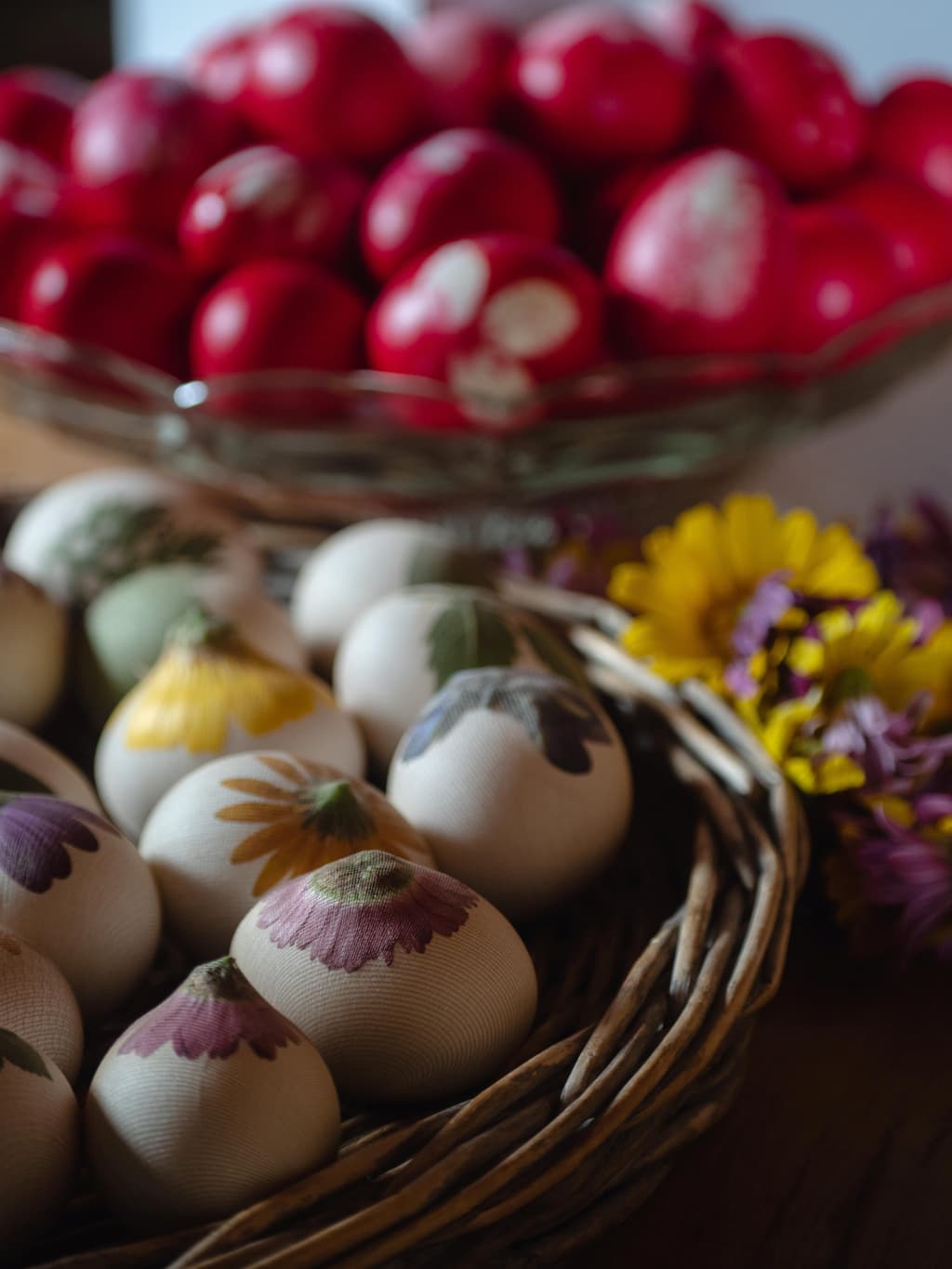
Easter Eggs
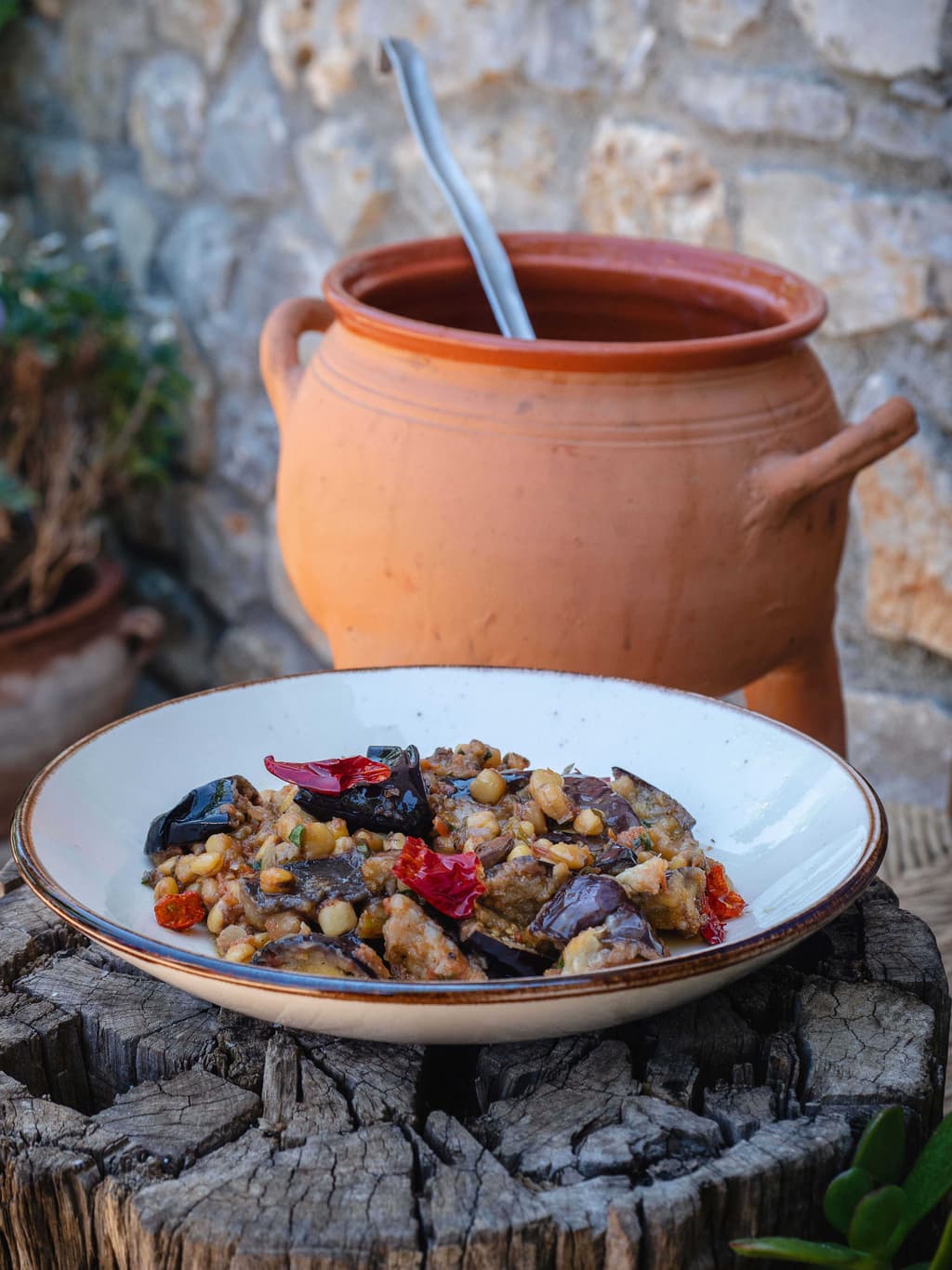
Kalikota
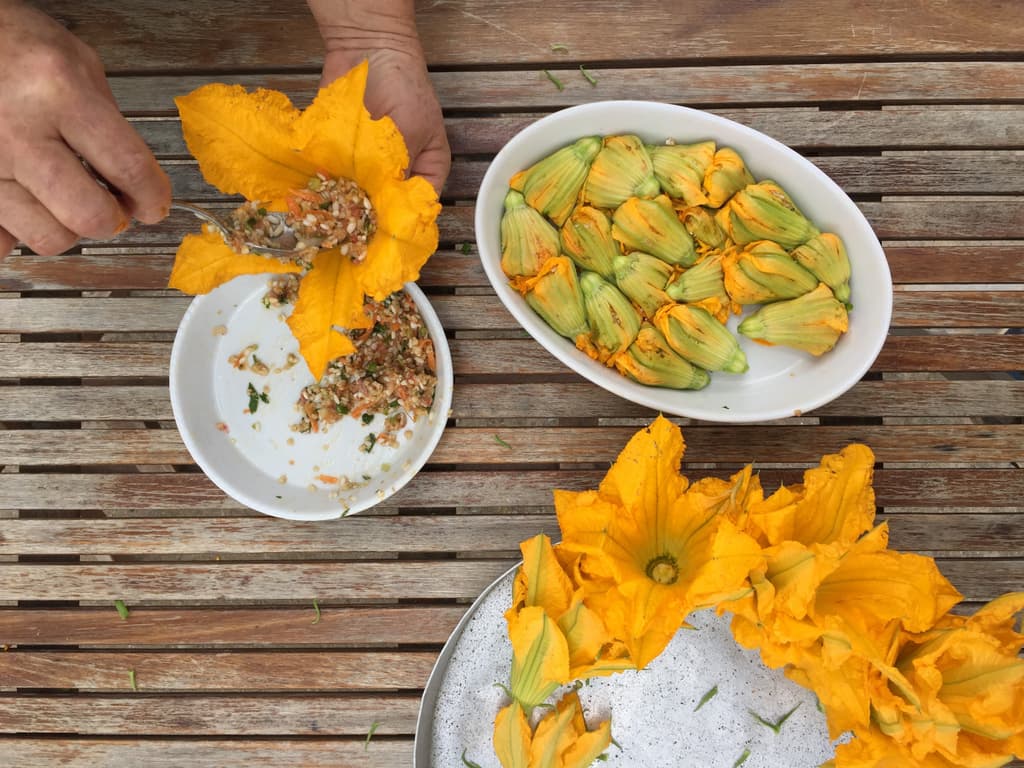
Stuffed Courgette Flowers
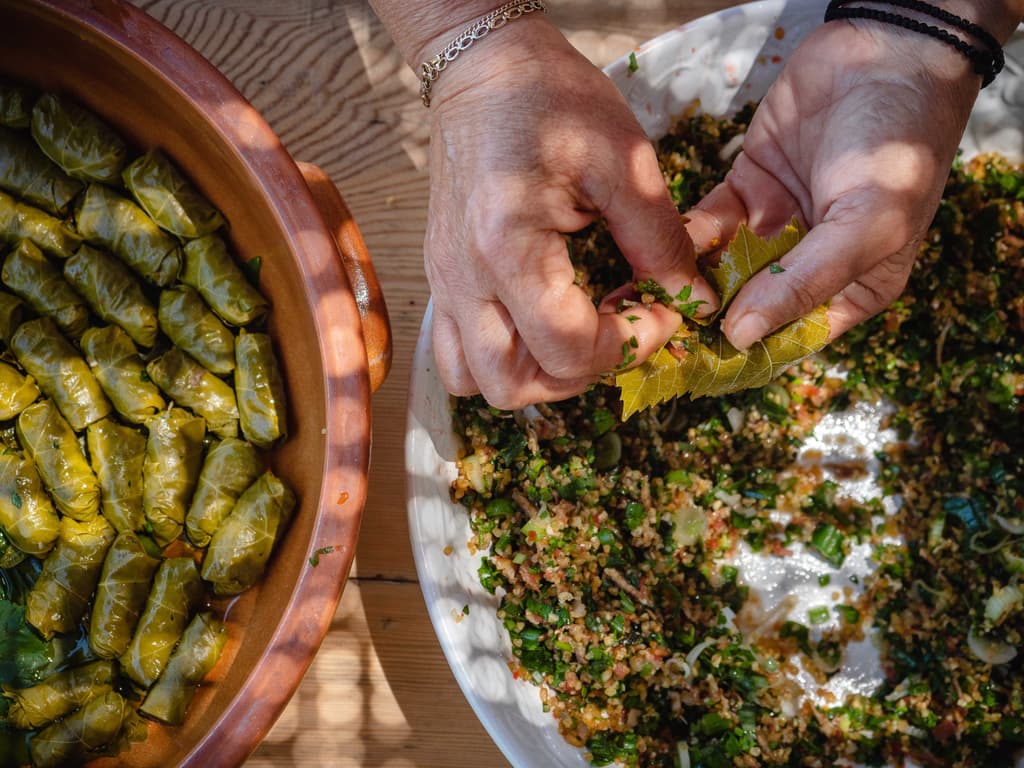
Stuffed Vine Leaves

Cracked Wheat and Snails
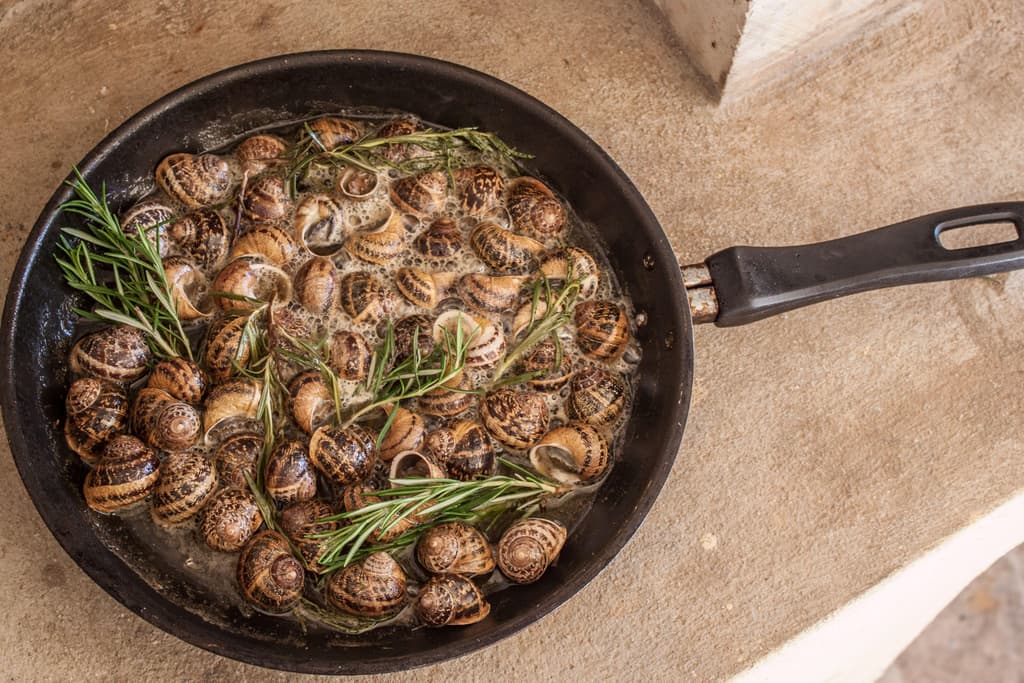
Chochli Boubouristi (Snails Face Down)
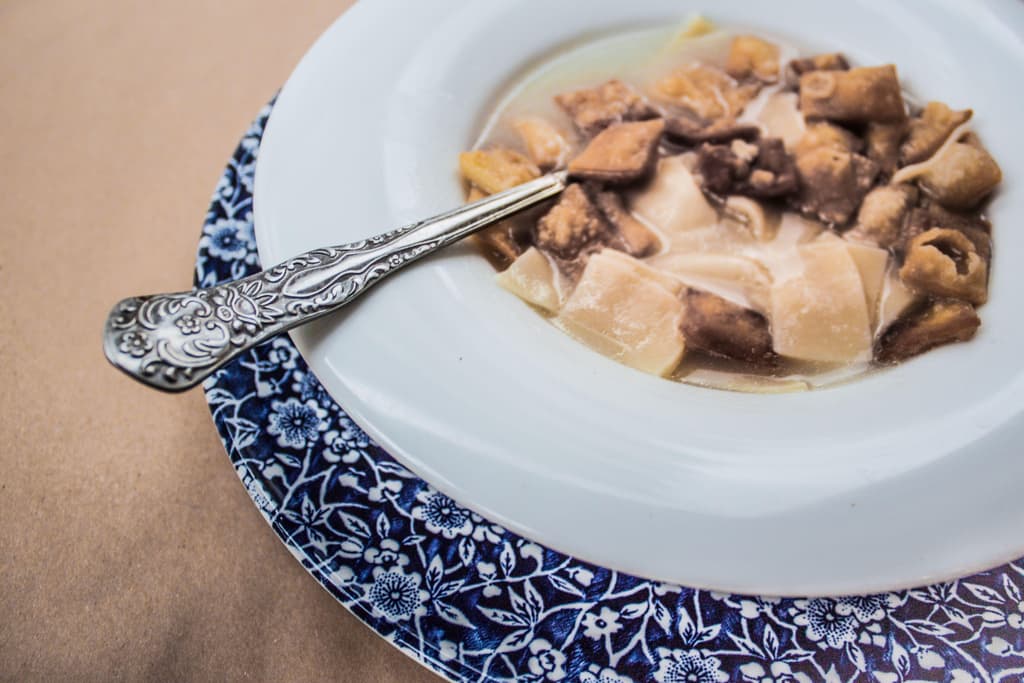
Mangiri
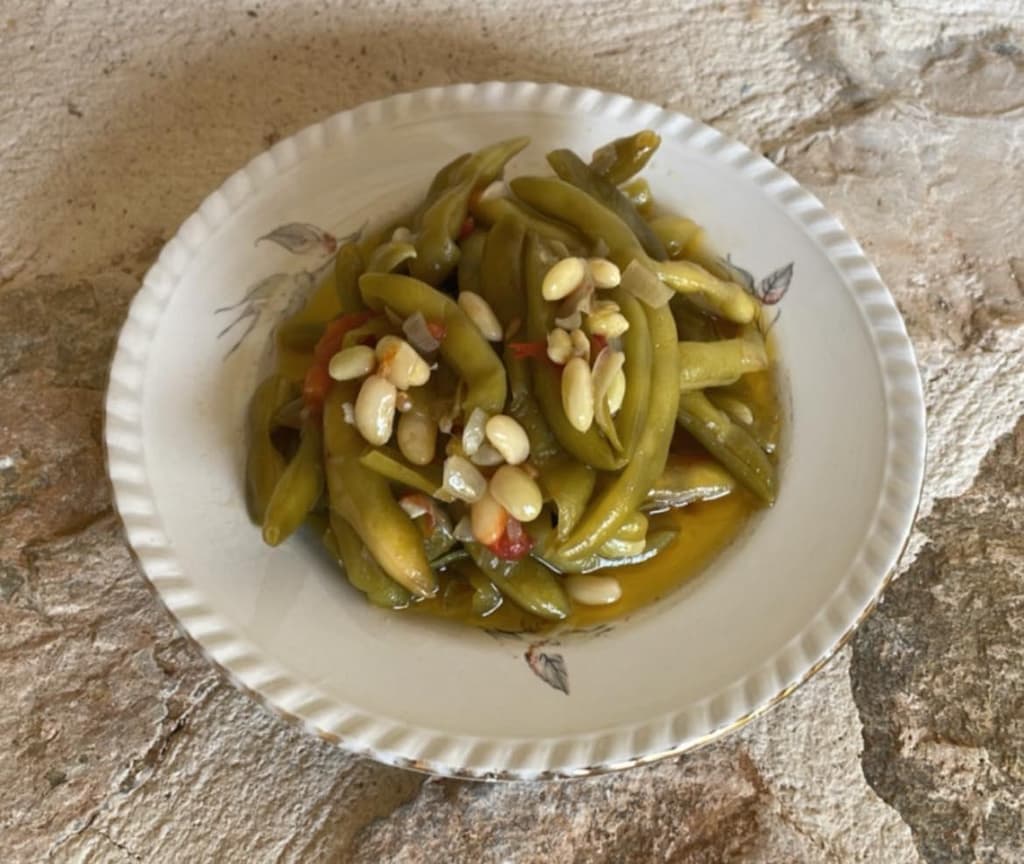
Symian Bean
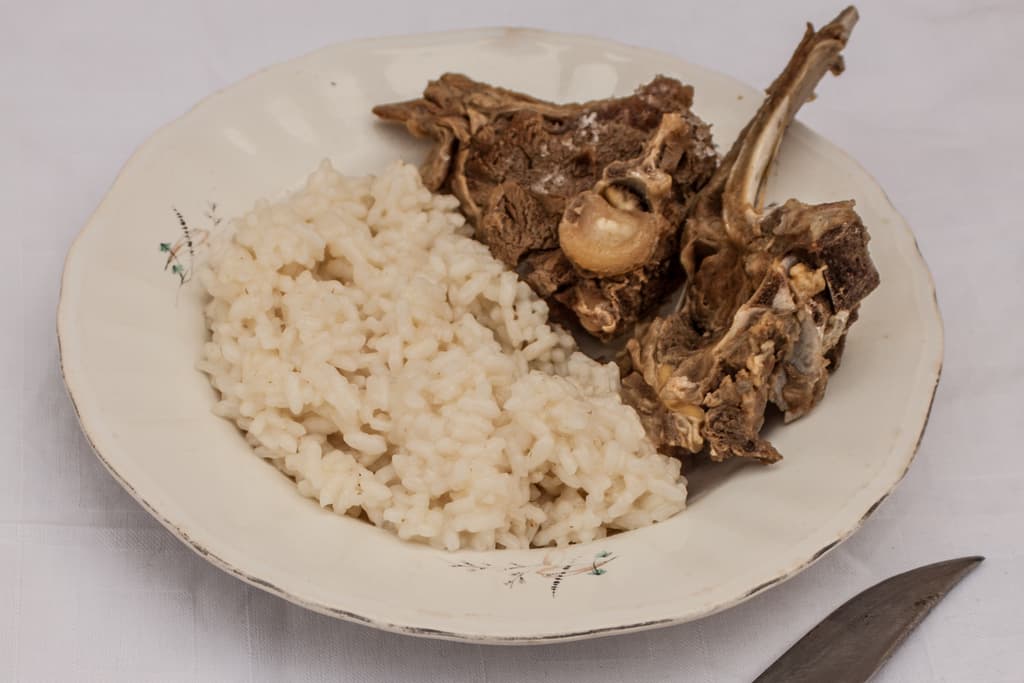
Cretan Pilaf
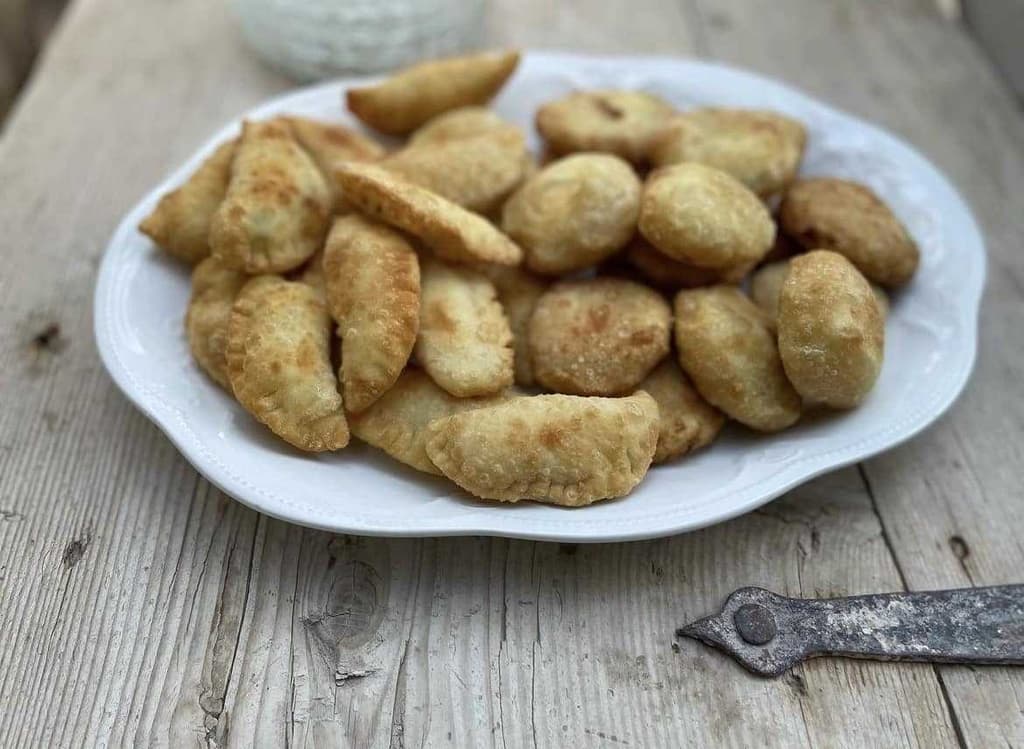
Rethymno Water Pies
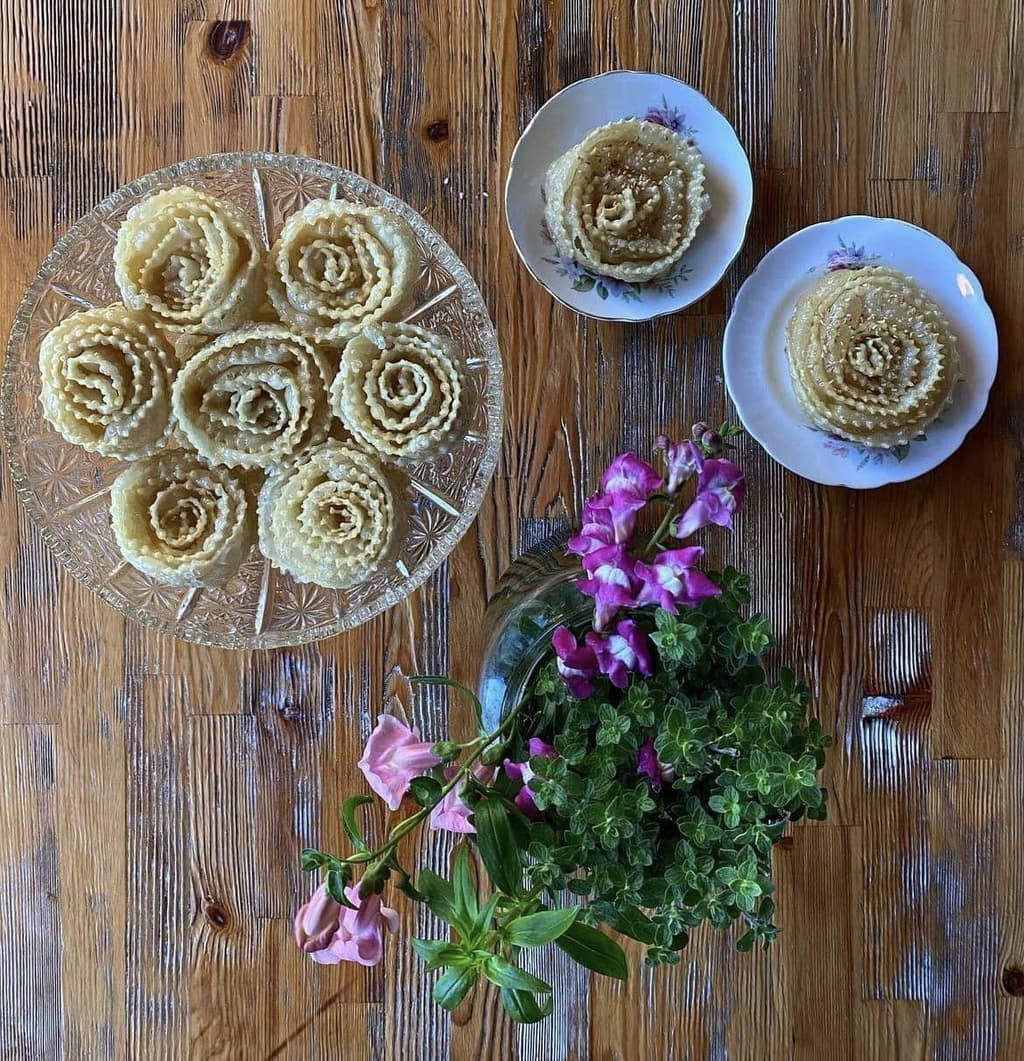
Xerotigana
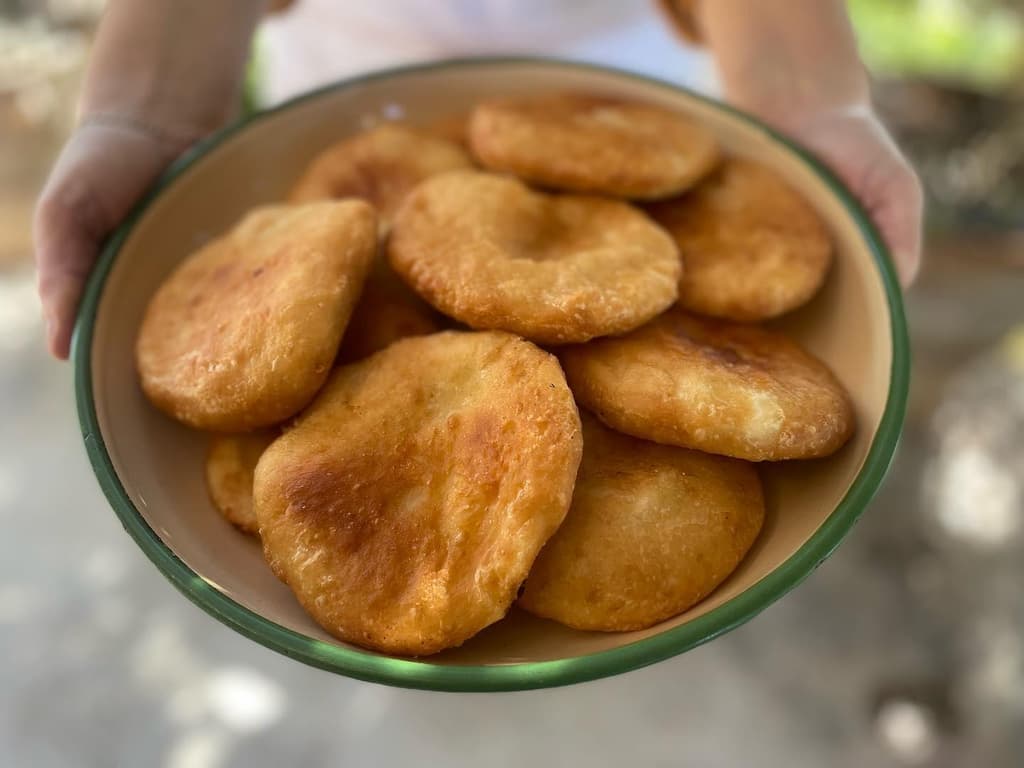
Agnopites
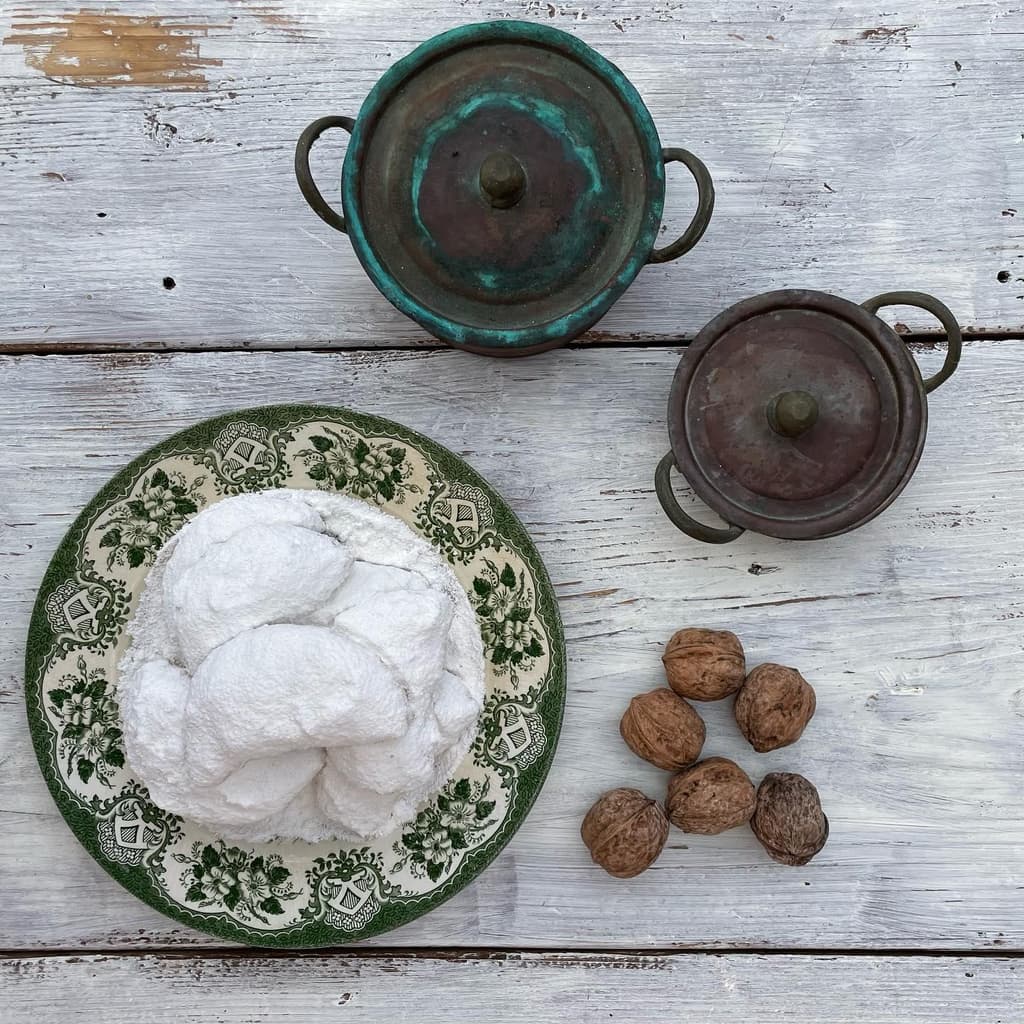
Patoudo

Safidota

Kakavia (Fish Soup)
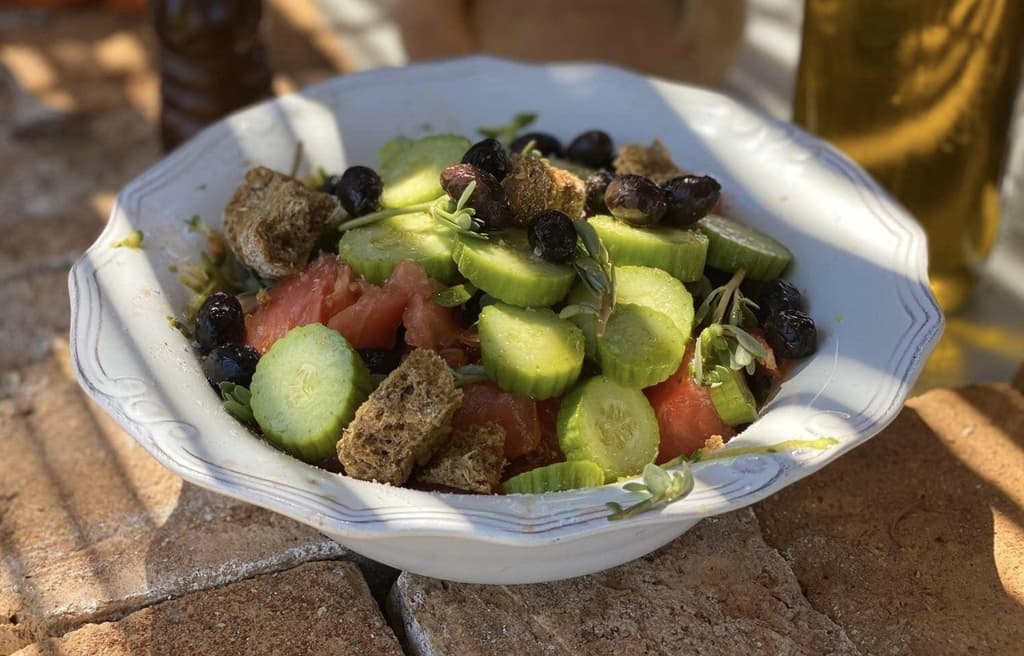
Cretan Greek salad
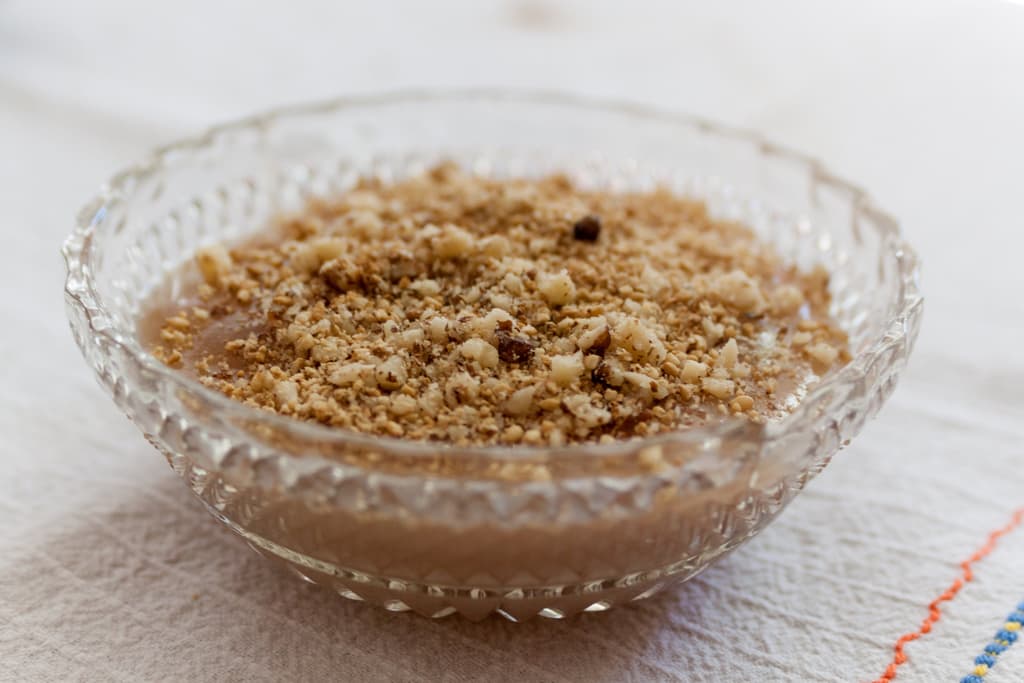
The Sweet Bounty of the Cretan Harvest
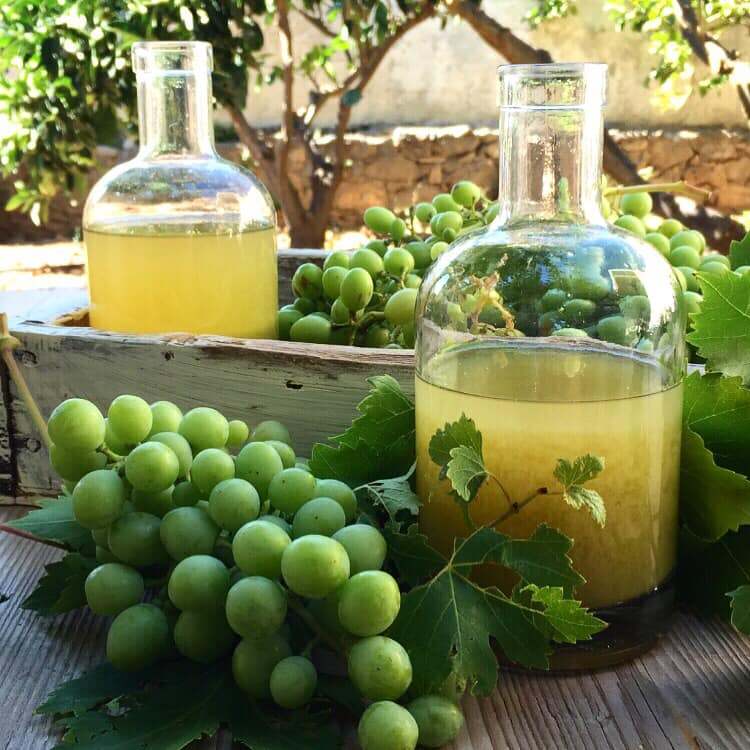
Okra and Unripe Grape
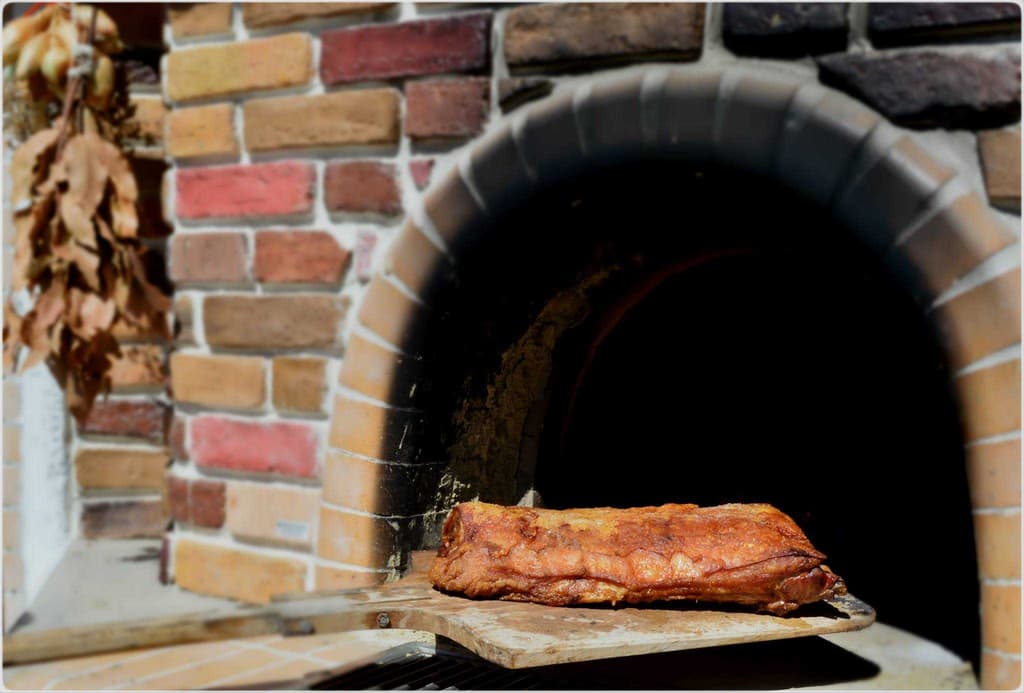
Kapriko
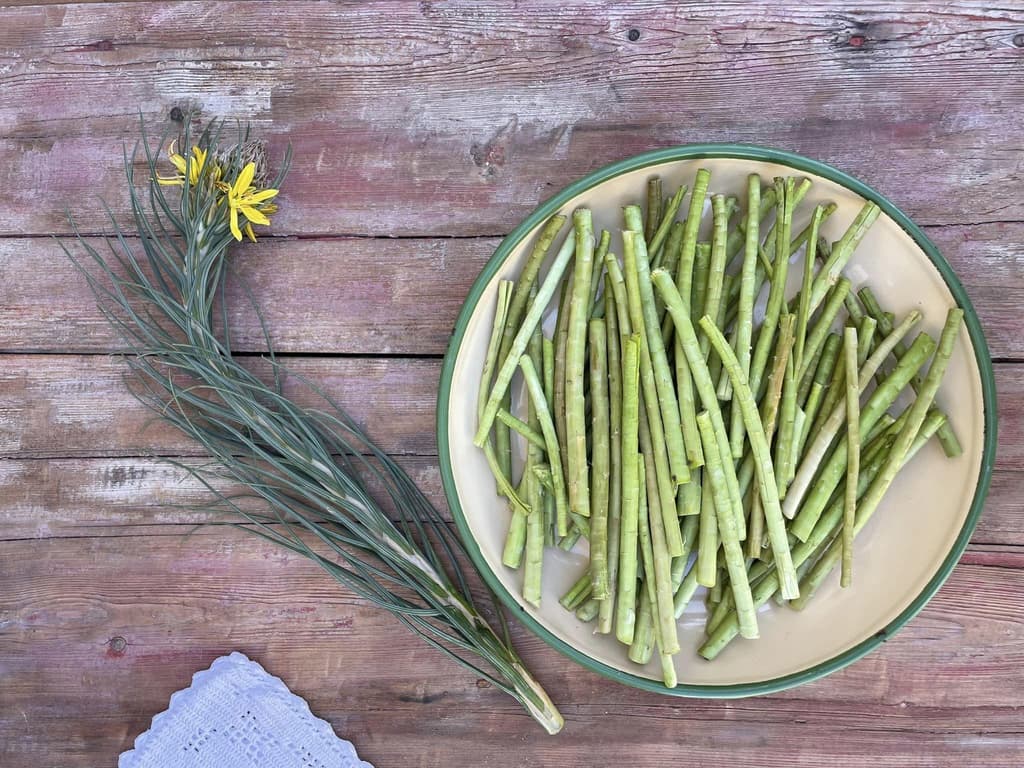
Discovering and Cooking Asphodelaceae: A Taste of Local Cuisine
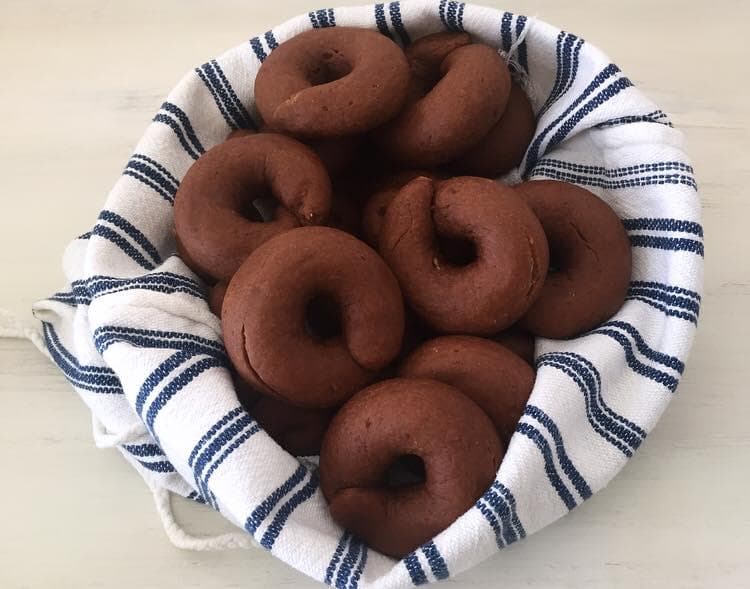
Moustokouloura
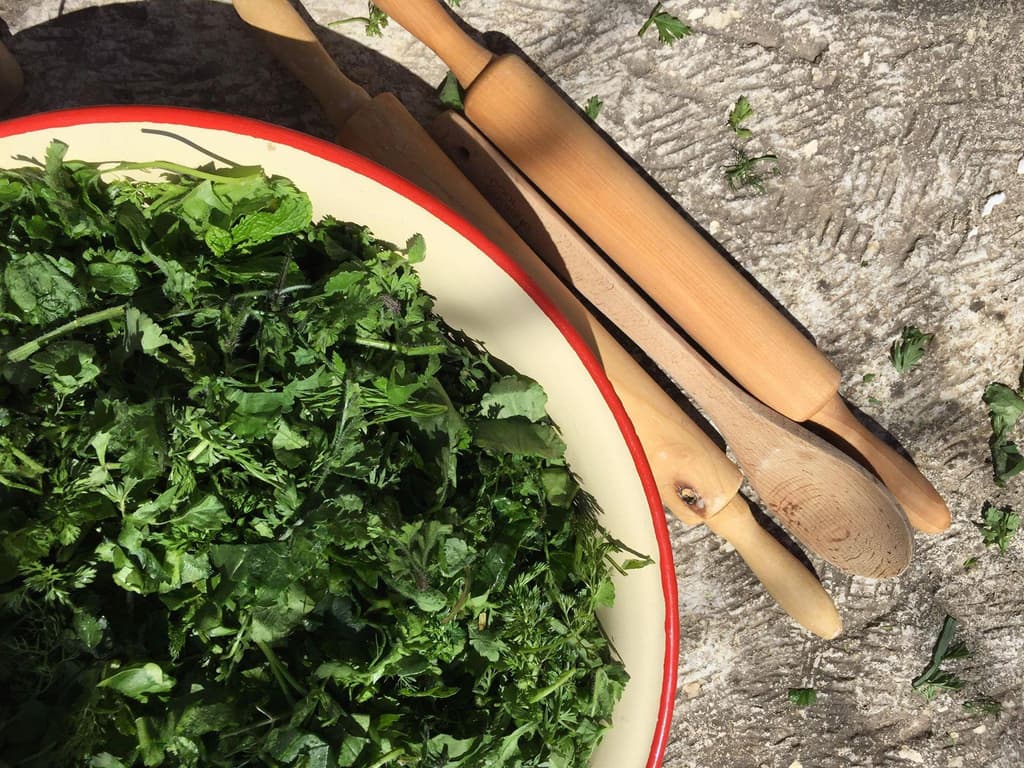
Pie with 'Yachnera' Greens: Baked to Perfection

Pumpkin Stifado
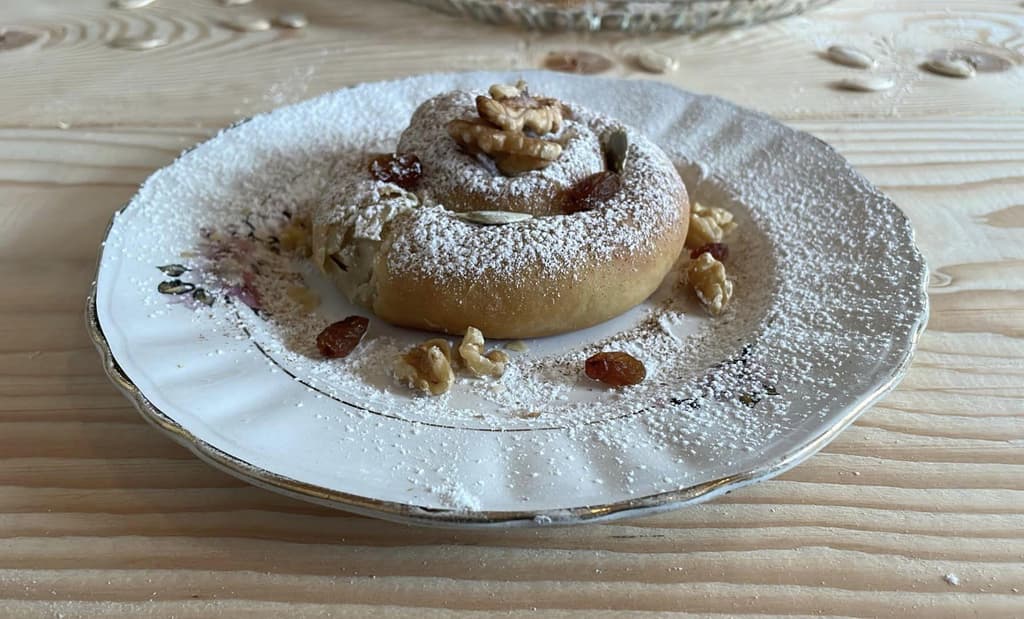
Sweet Pumpkin Pies with Raki Leaves (Oven)
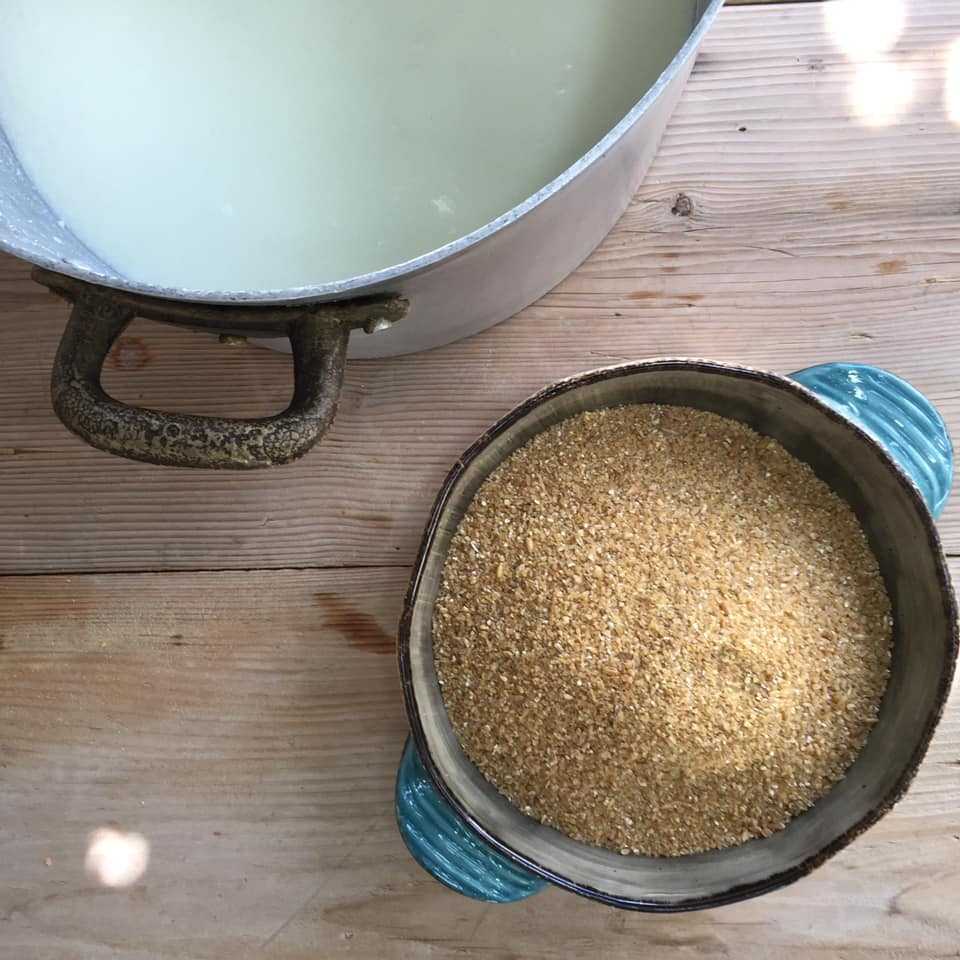
Xinochondros: Sour Bulgur Pasta
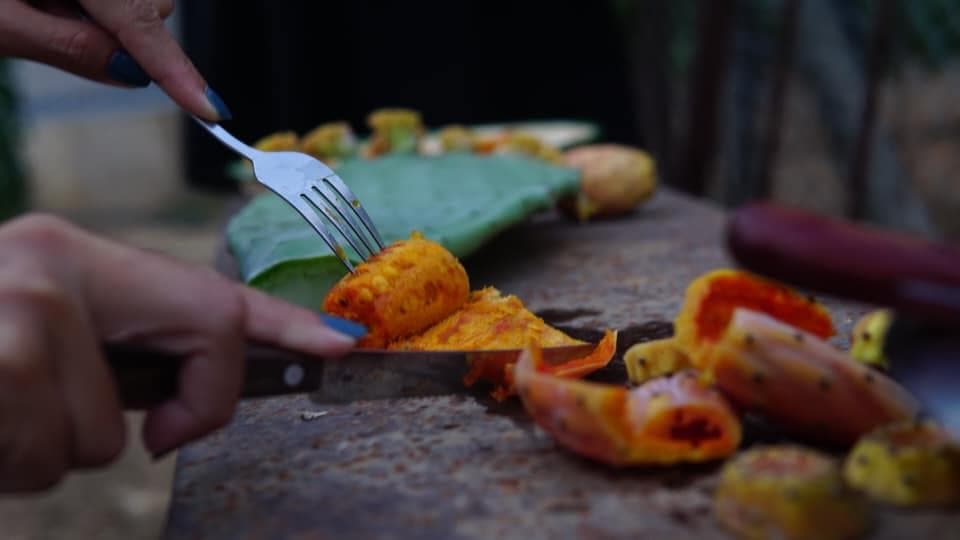
Prickly Pear or Indian Fig
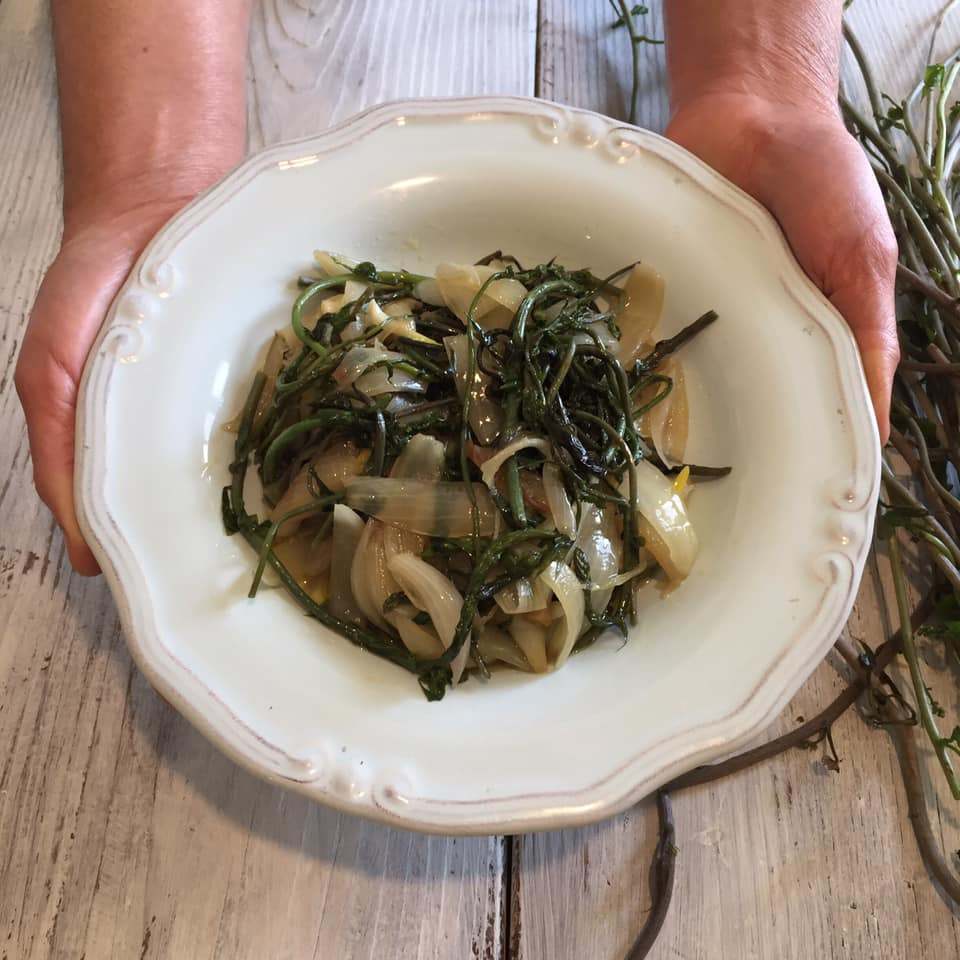
Black Bryony

Tahini Soup without Oil
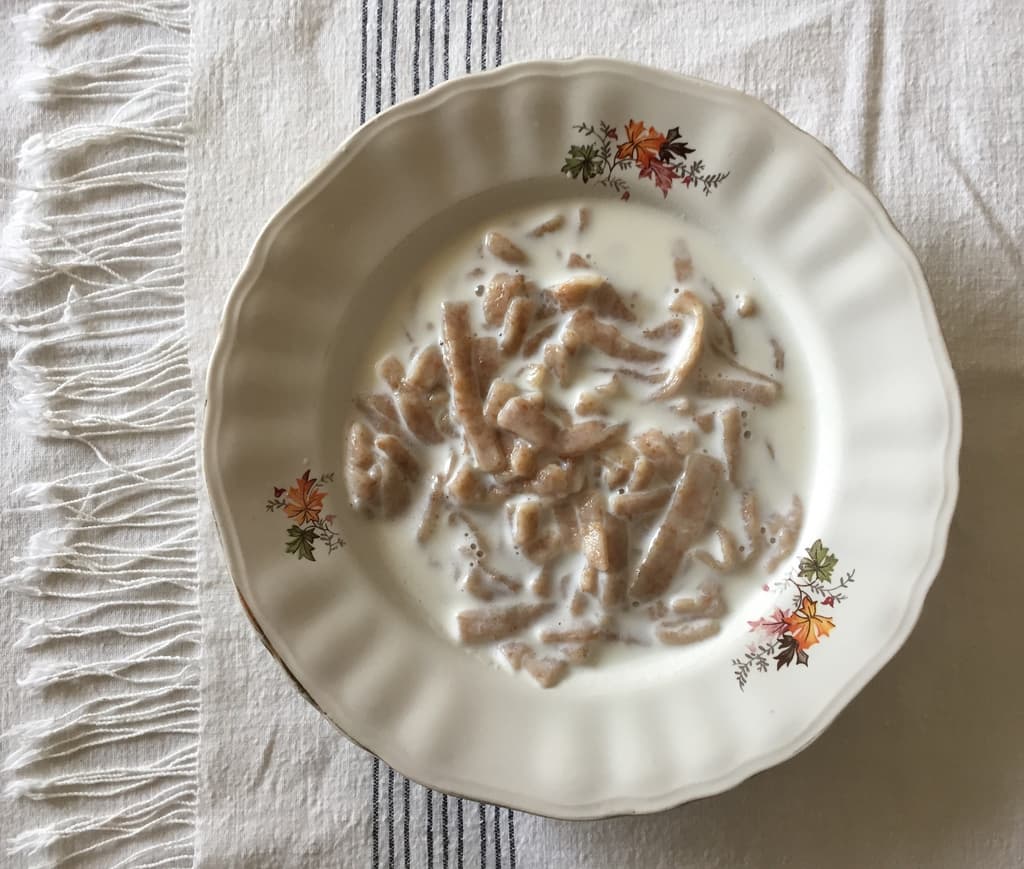
Chylofta with Milk
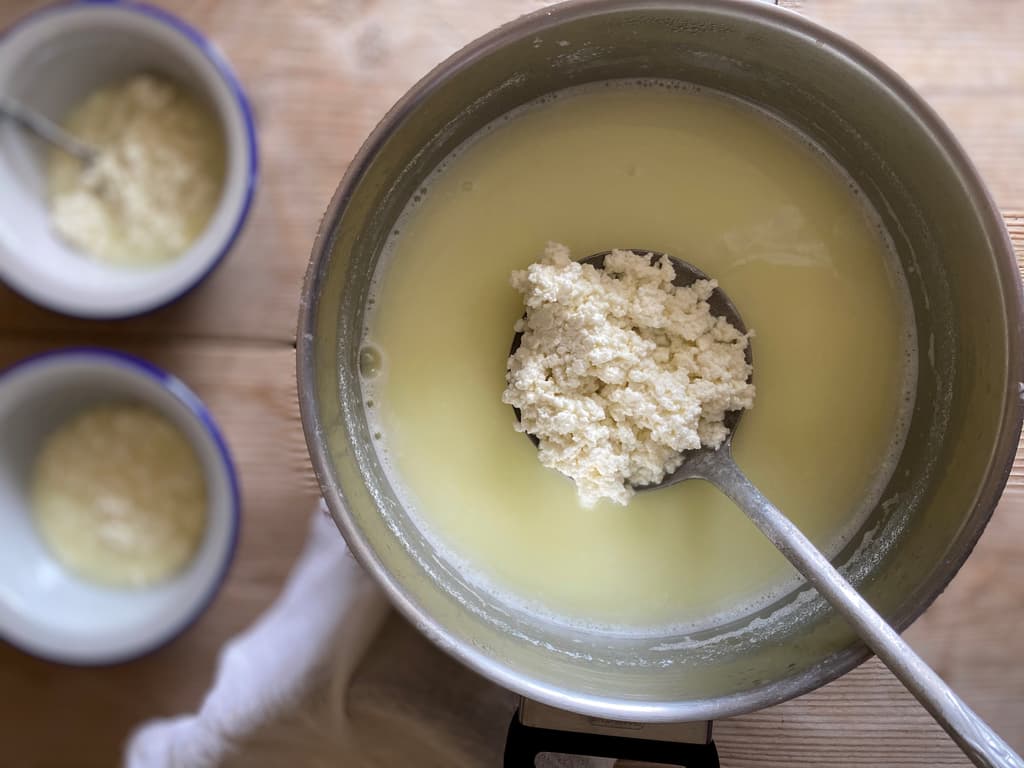
Tyrozouli or Cretan Home Cheese
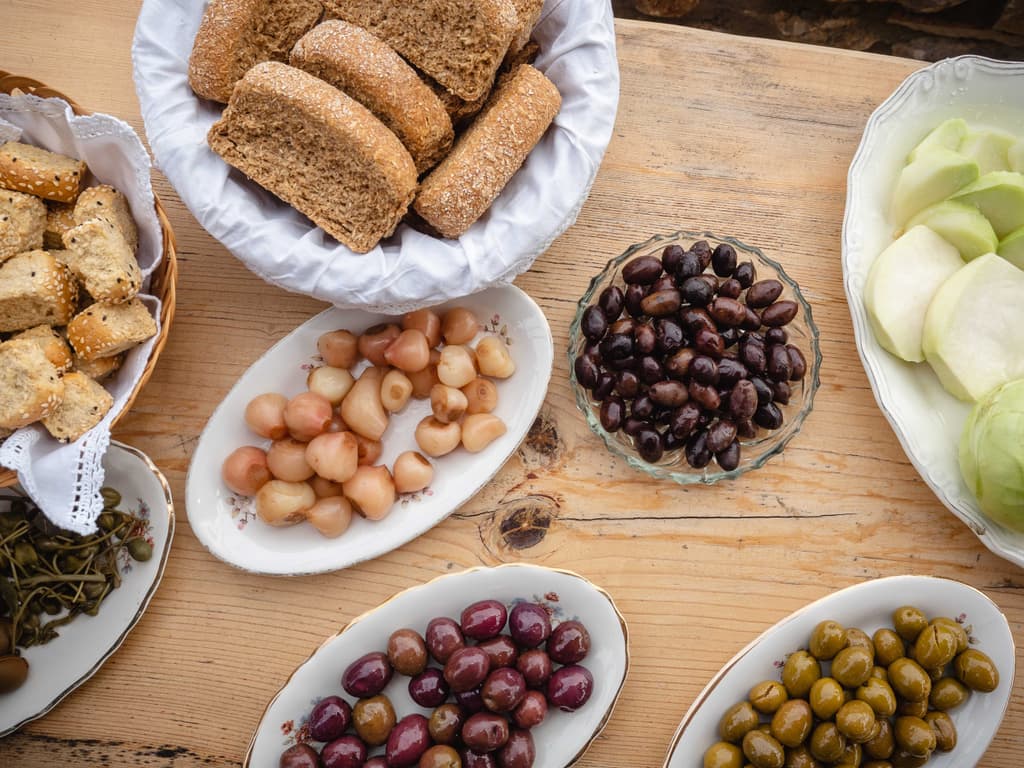
Pickled Tassel Hyacinth

Sourdough Dagoulakia
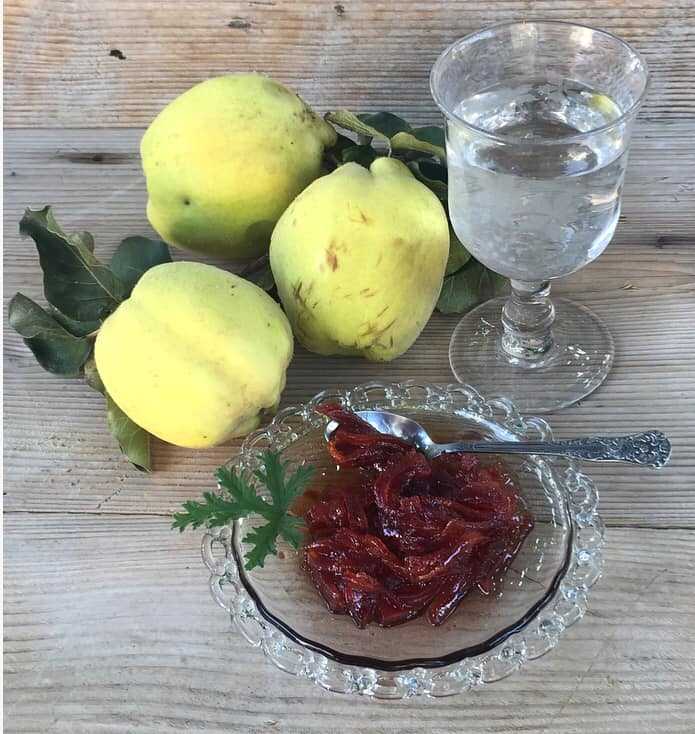
Quince Confection

Delicious Homemade Treat with Lemon Blossoms
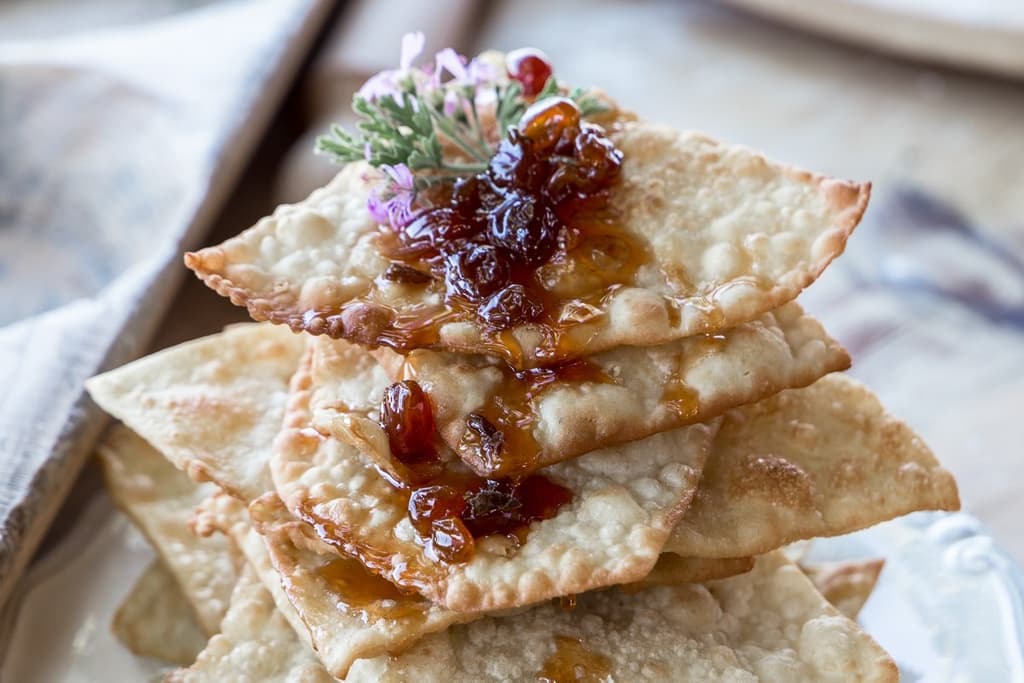
Tiganopites: Greek Fried Pies

Dietary Practices in 17th Century Crete
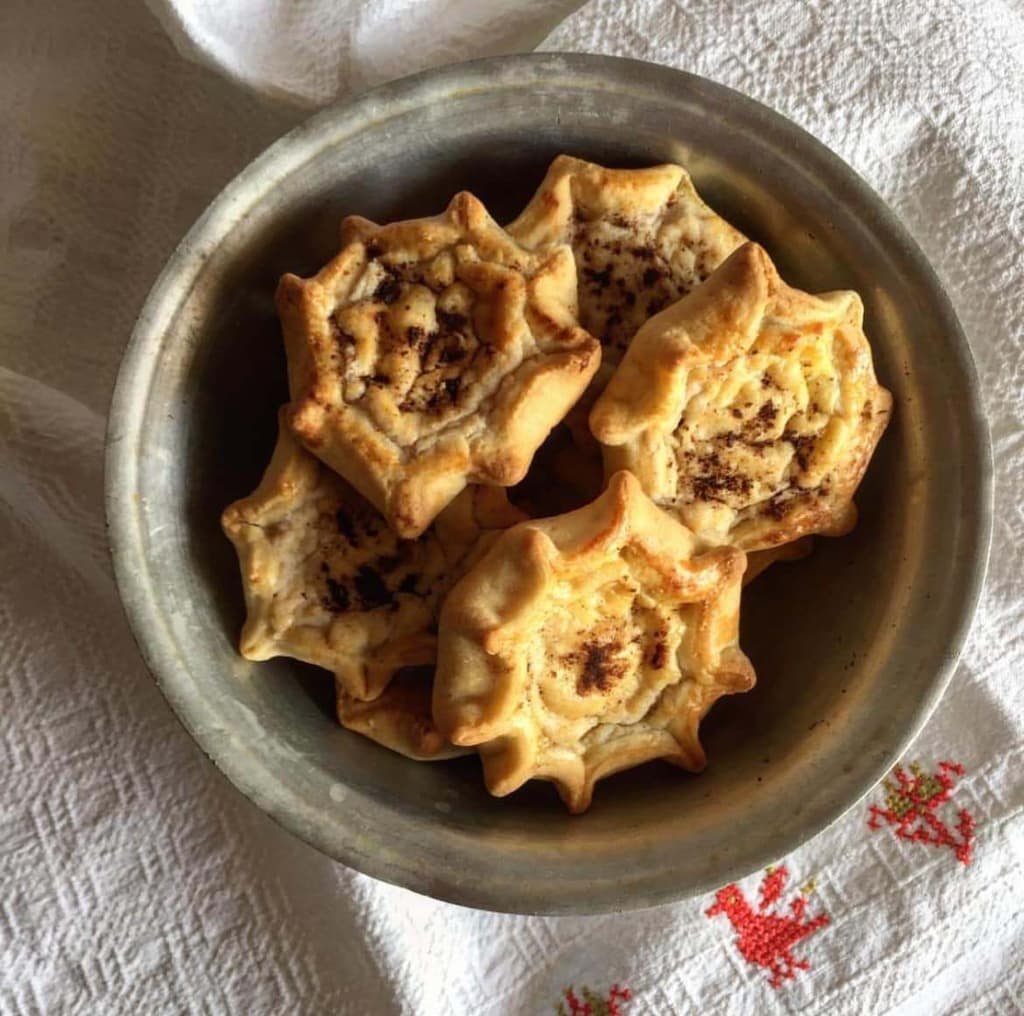
Lychnarakia
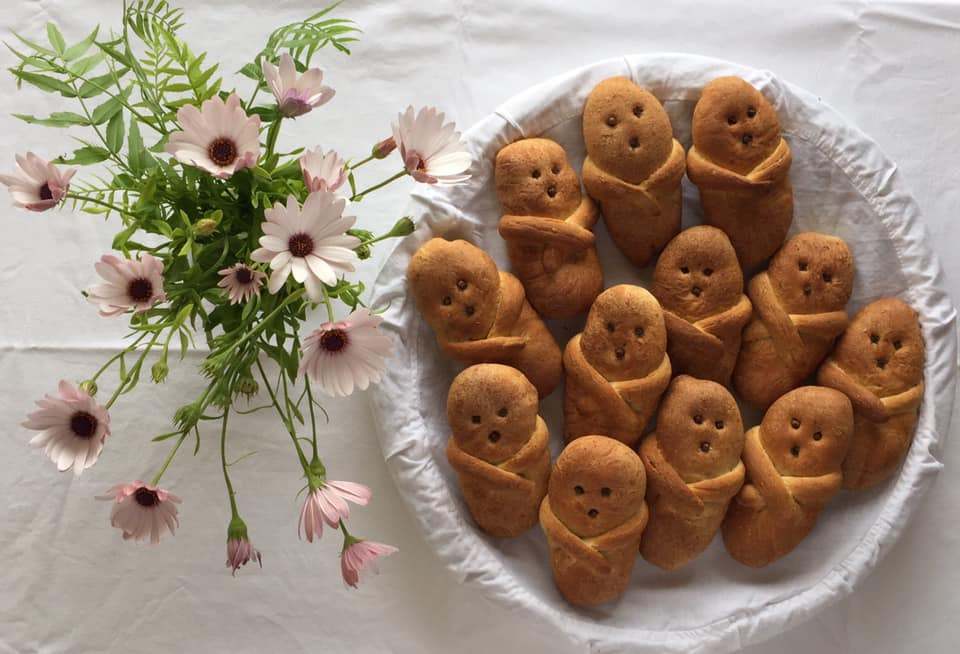
Lazarakia
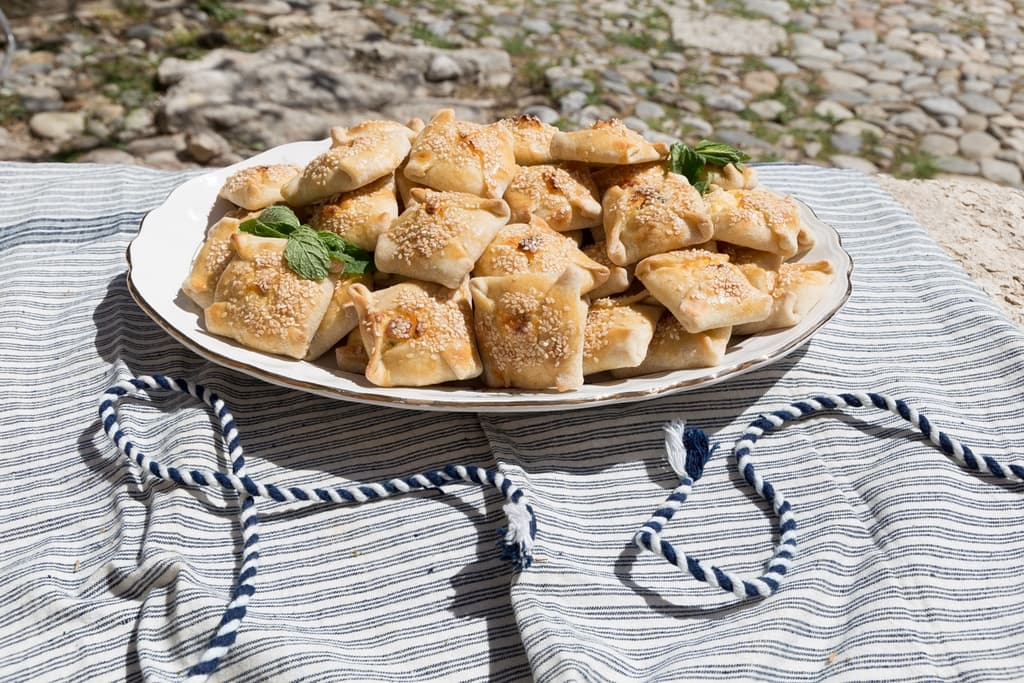
Kalitsounia from Chania
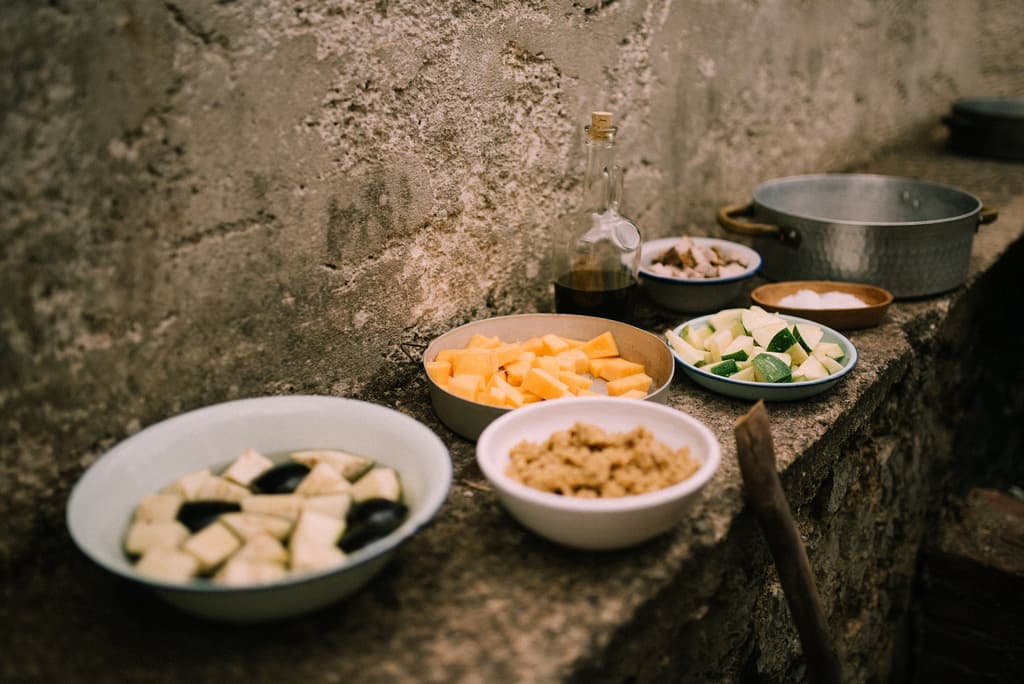
Apaki with Xinohondros and Vegetables
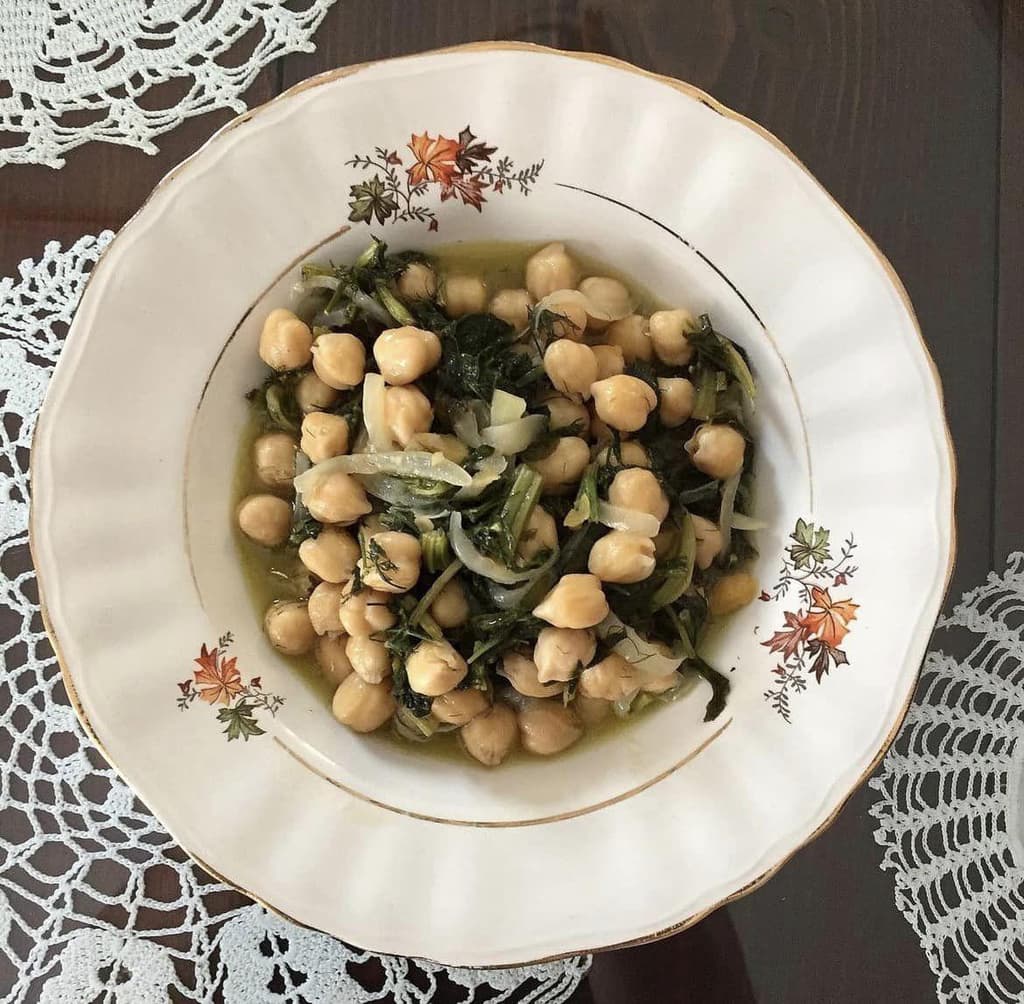
Chickpeas with Yachnera: A Delightful Dish
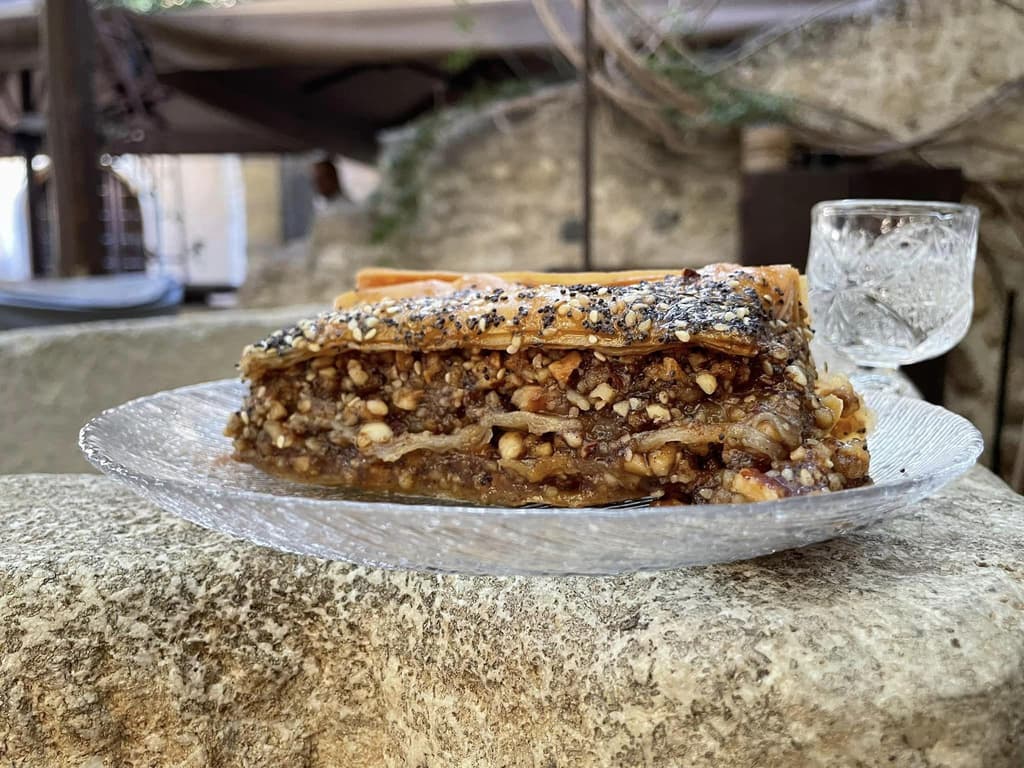
Gastrin
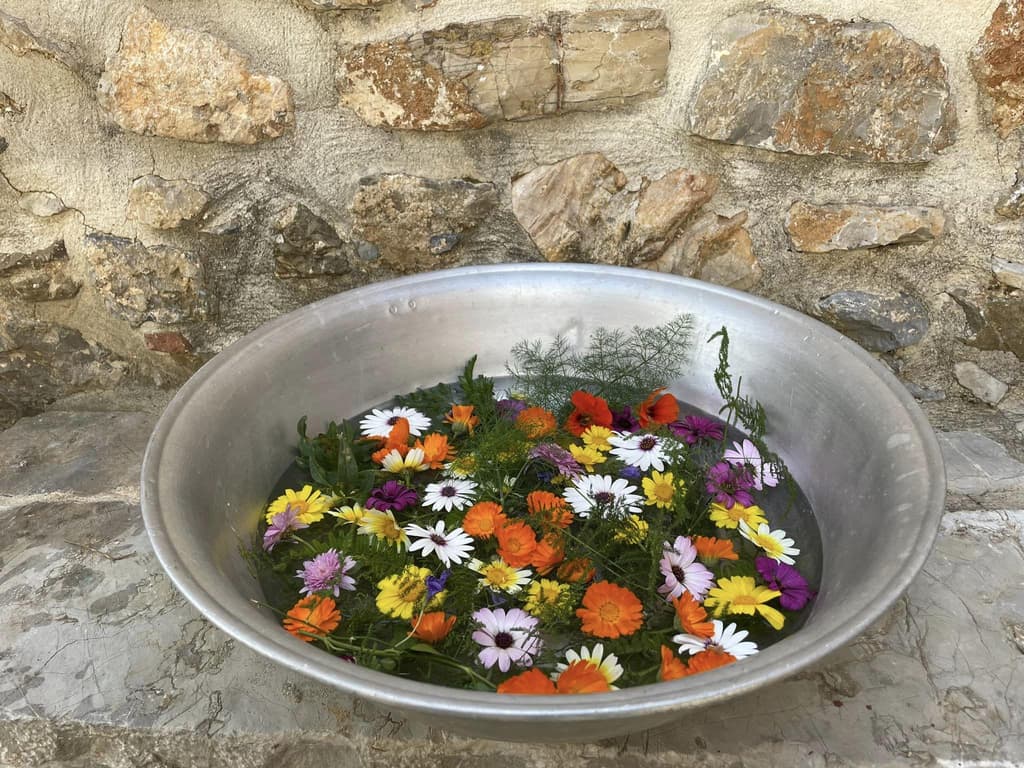
Dyeing Easter Eggs with Madder Root and Flower Blossoms
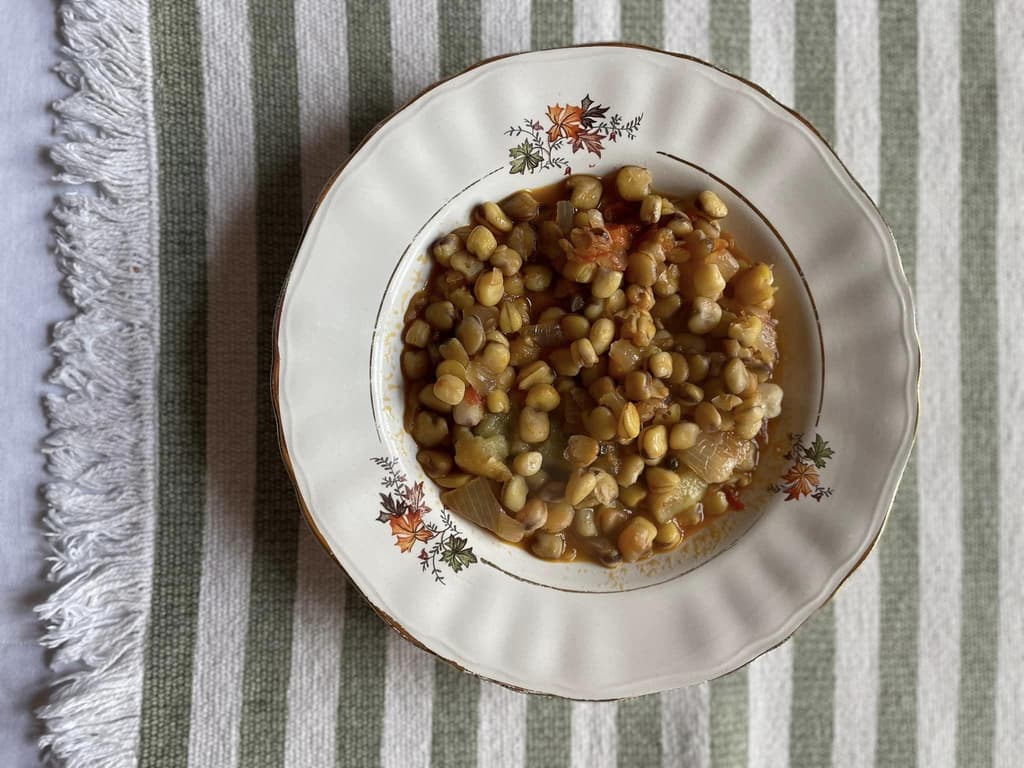
Biza or Manarolia Stew with Eggplants

Antikristo or "Ofto" Meat
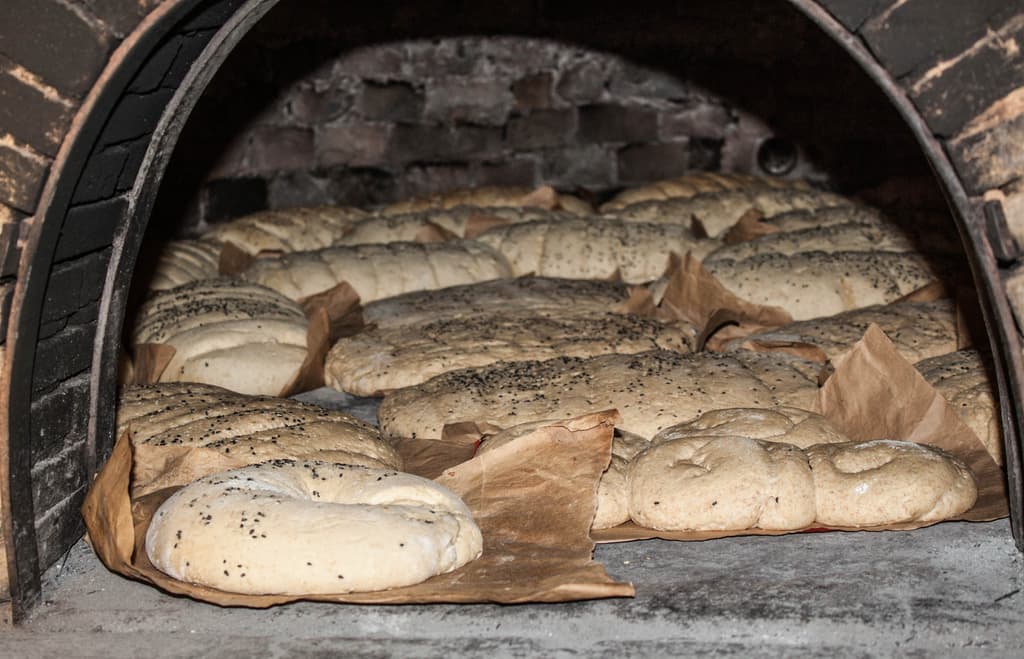
Eftazymo Bread
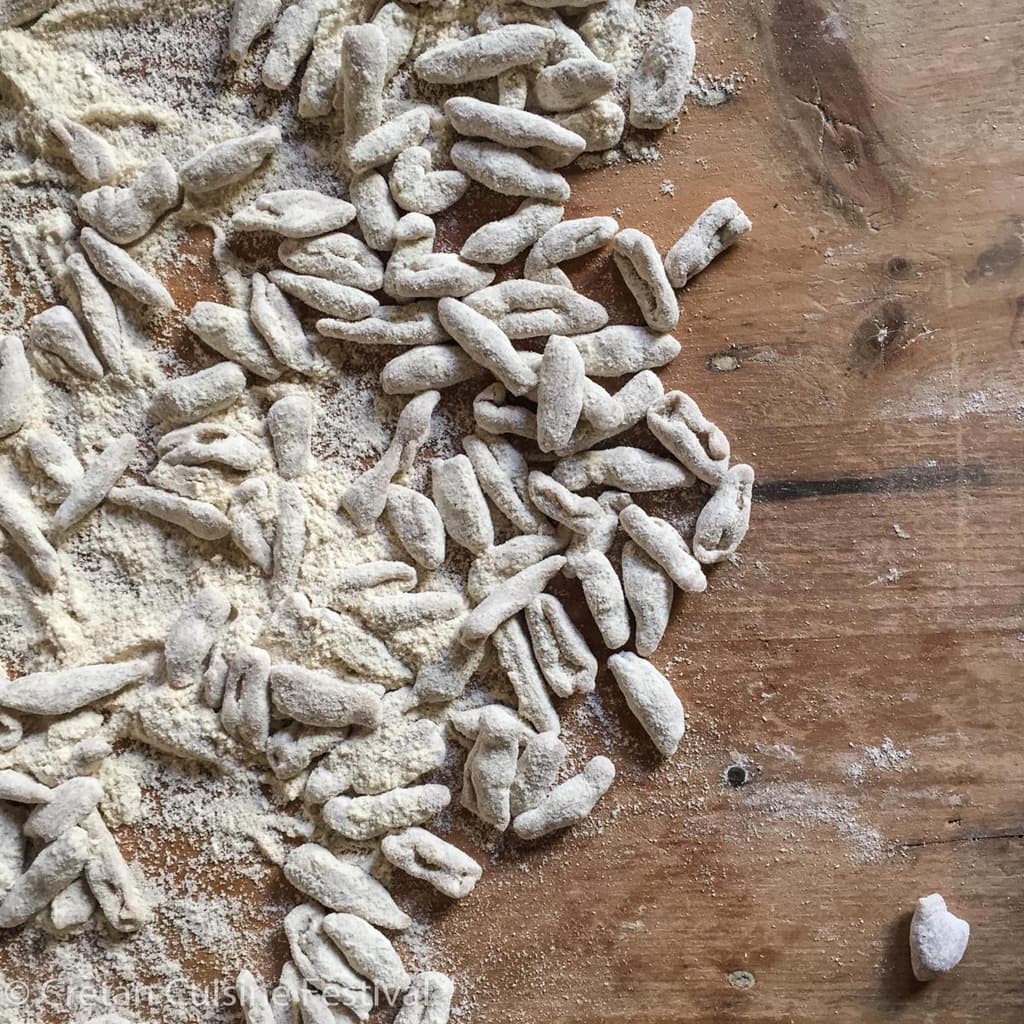
Skioufichta Macarounia
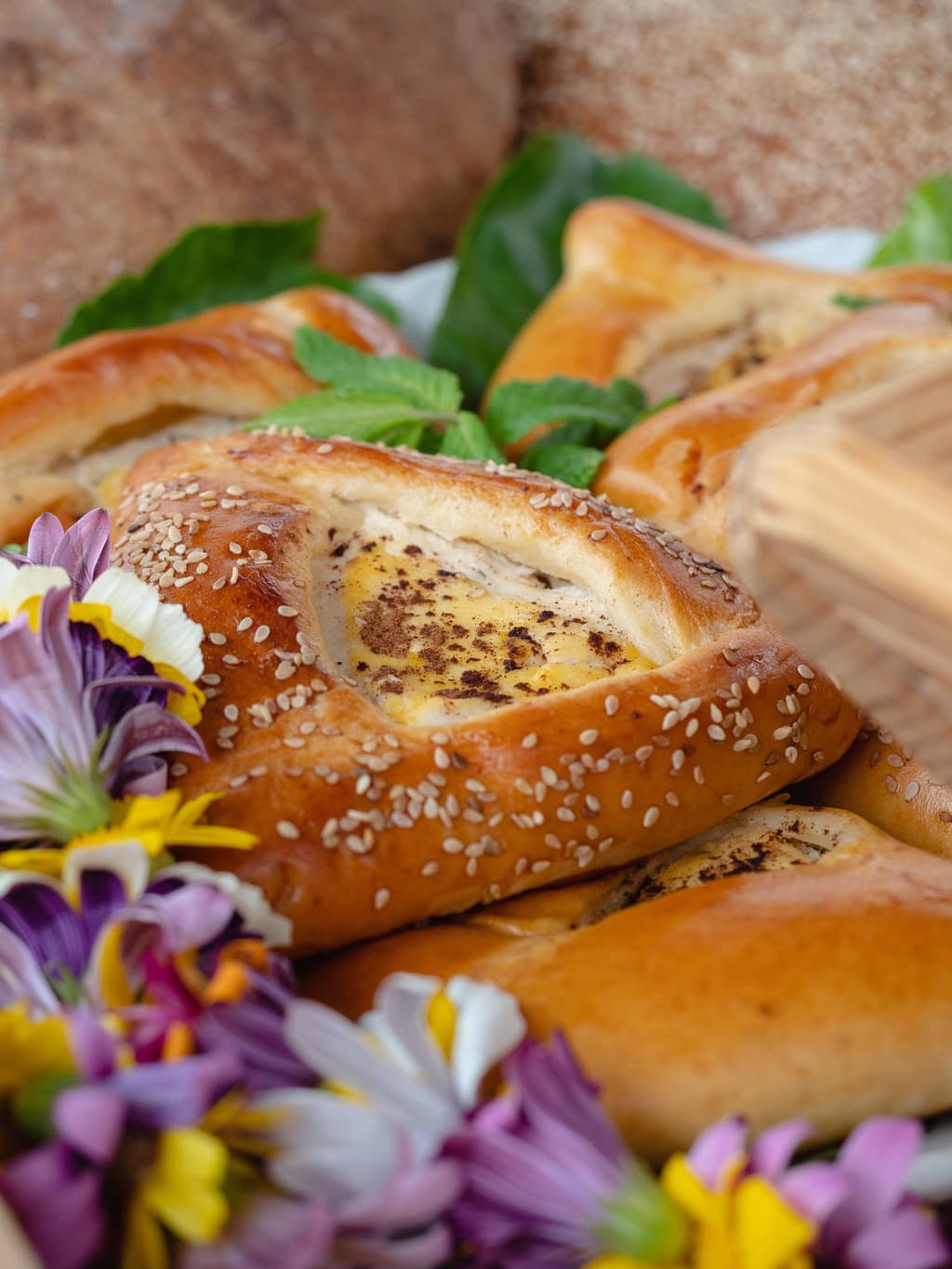
Anevata Kalitsounia
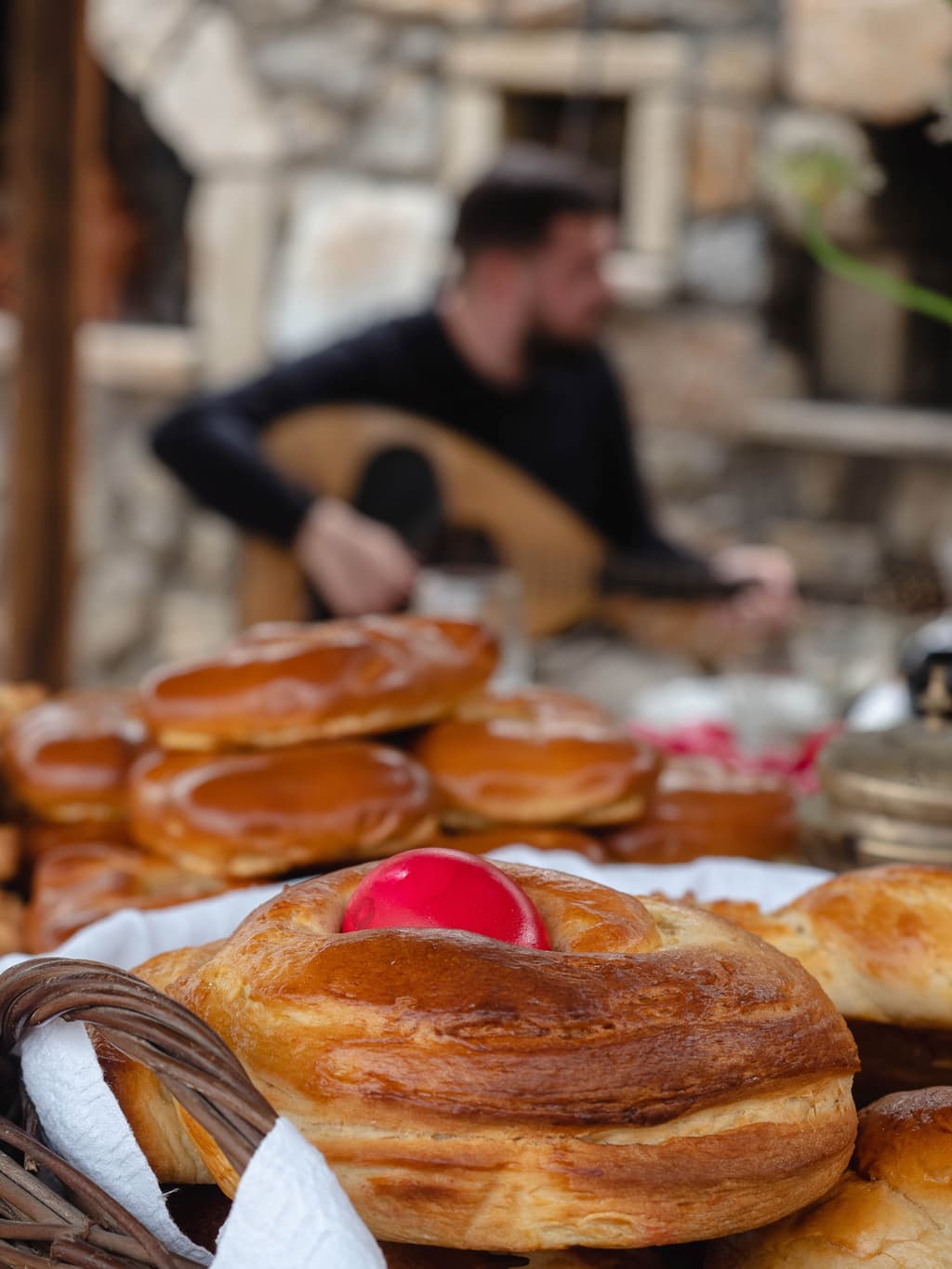
Galatera

Sykomarides
